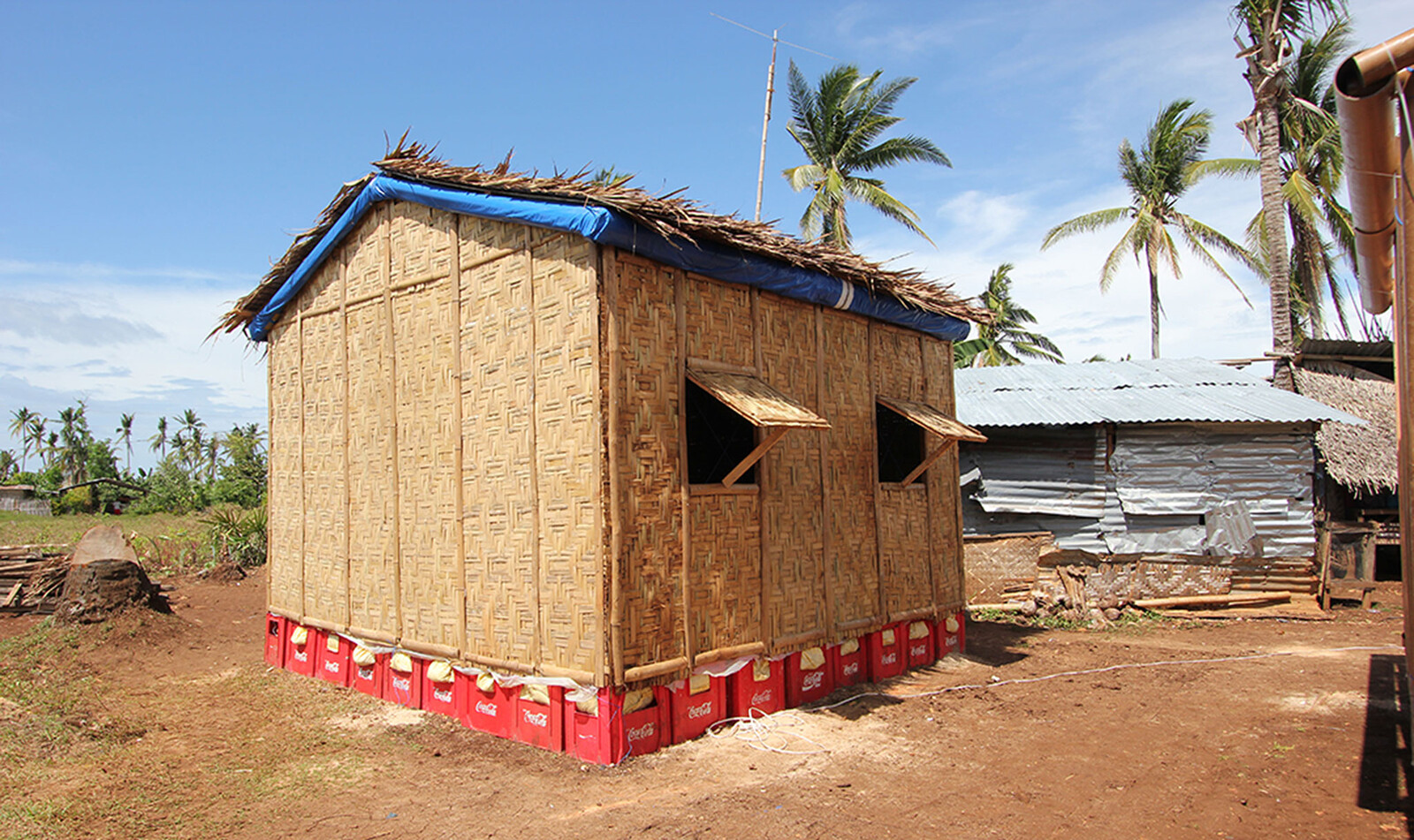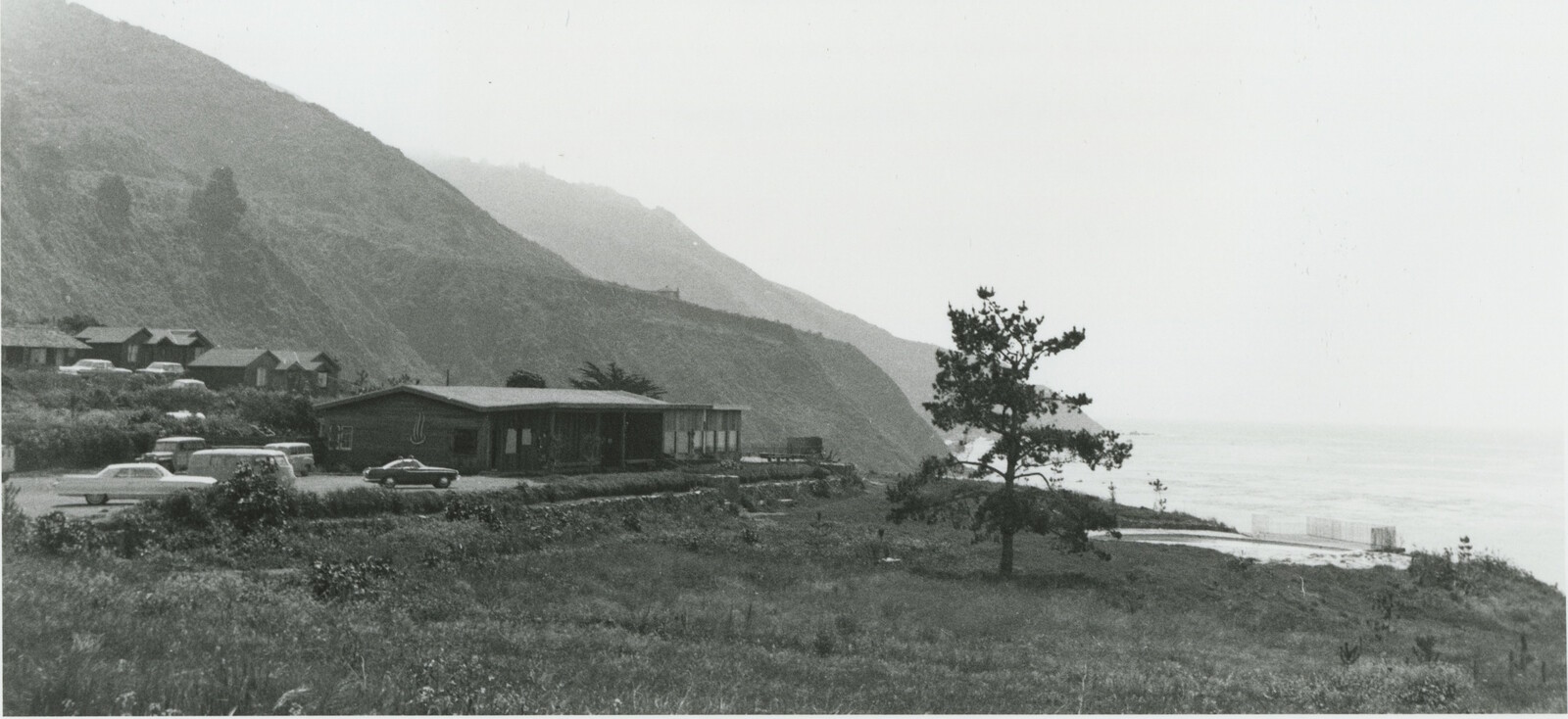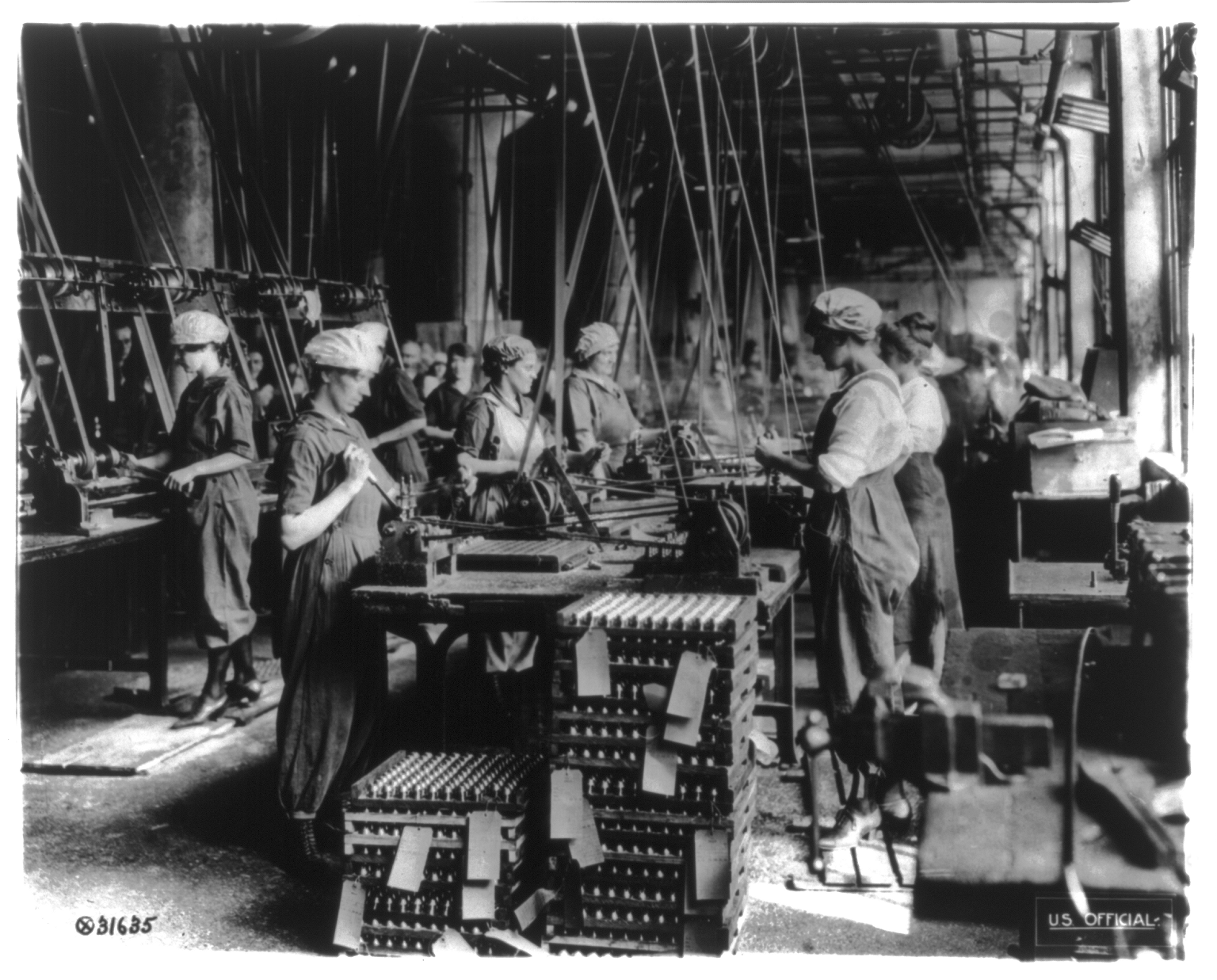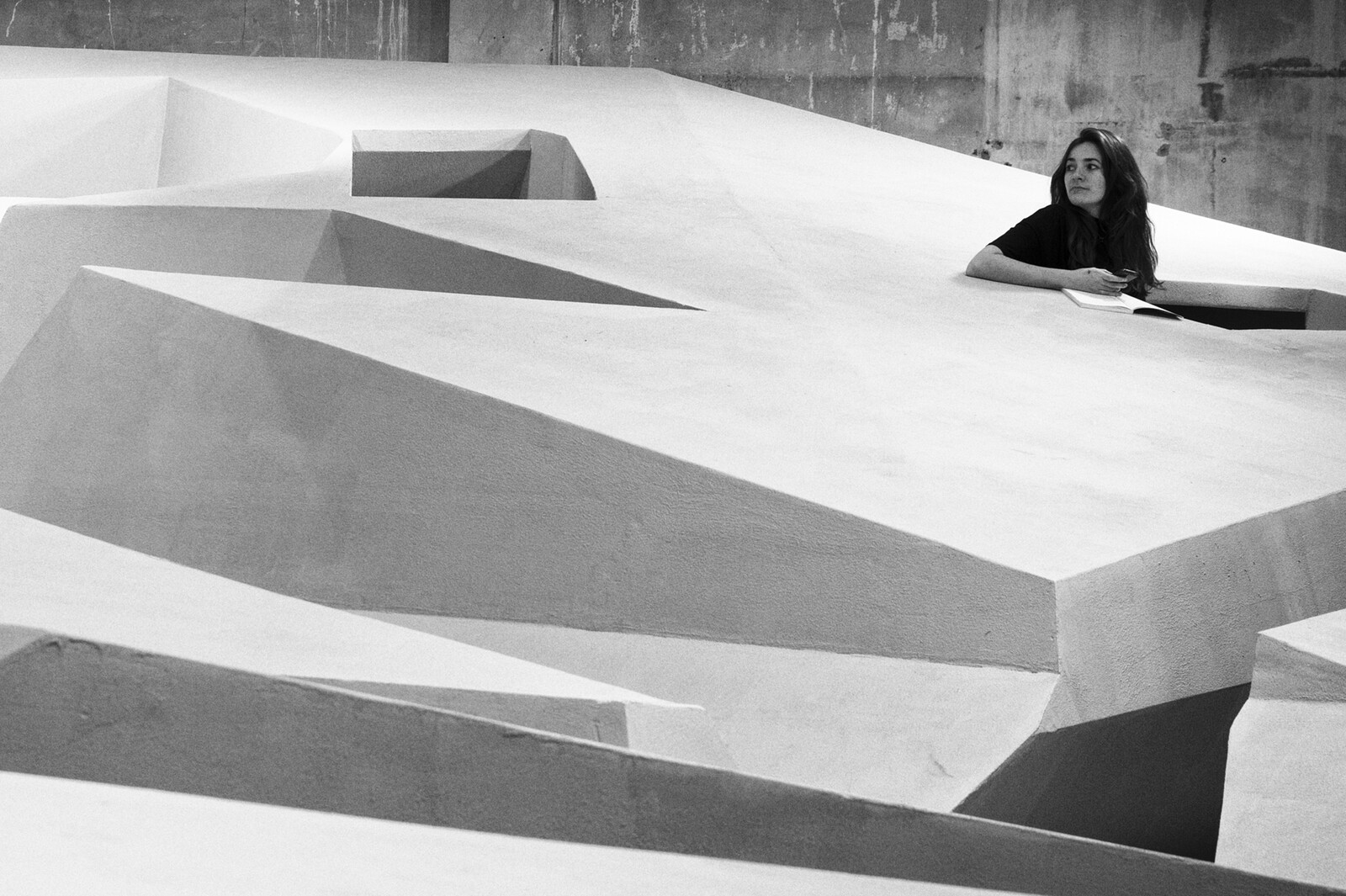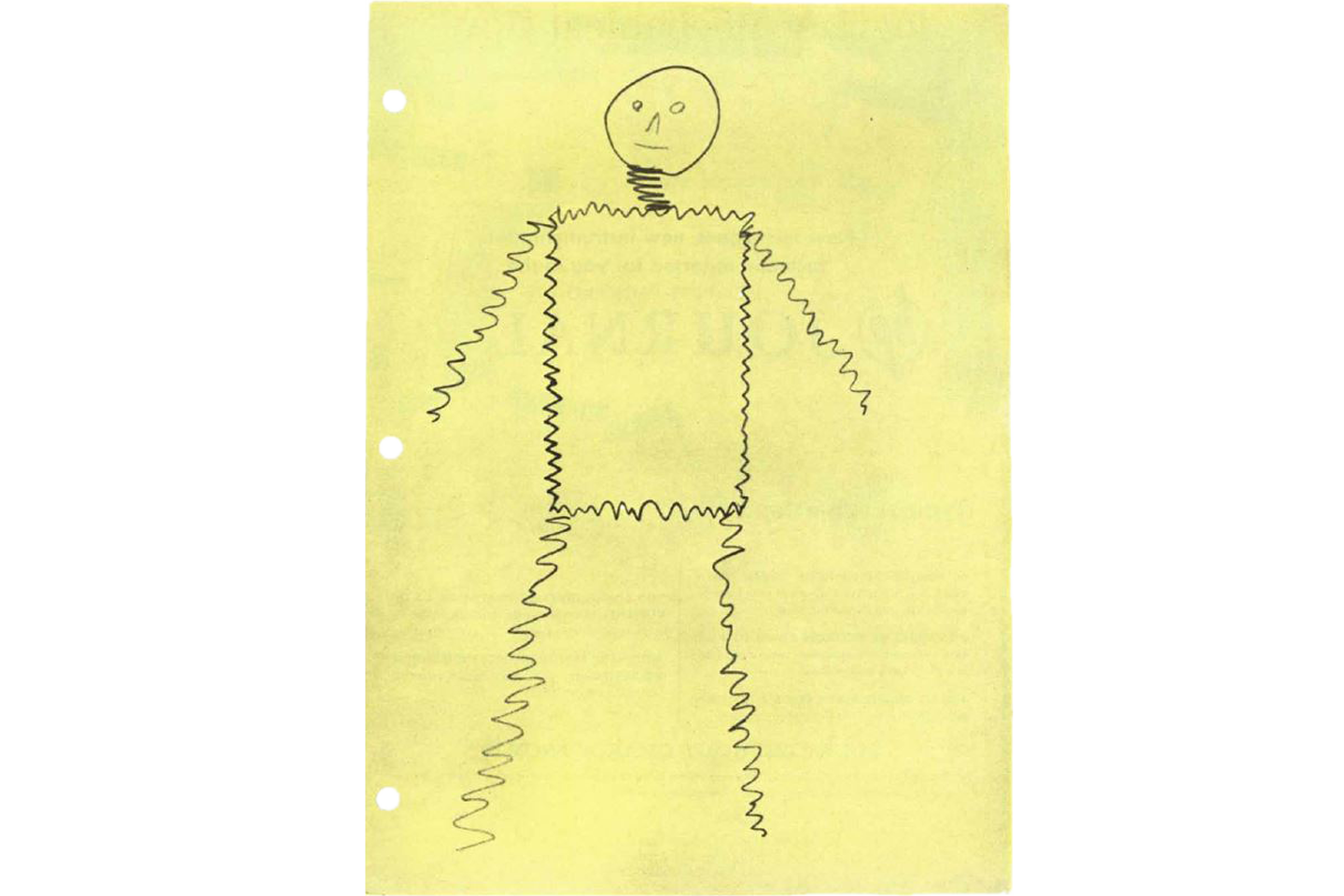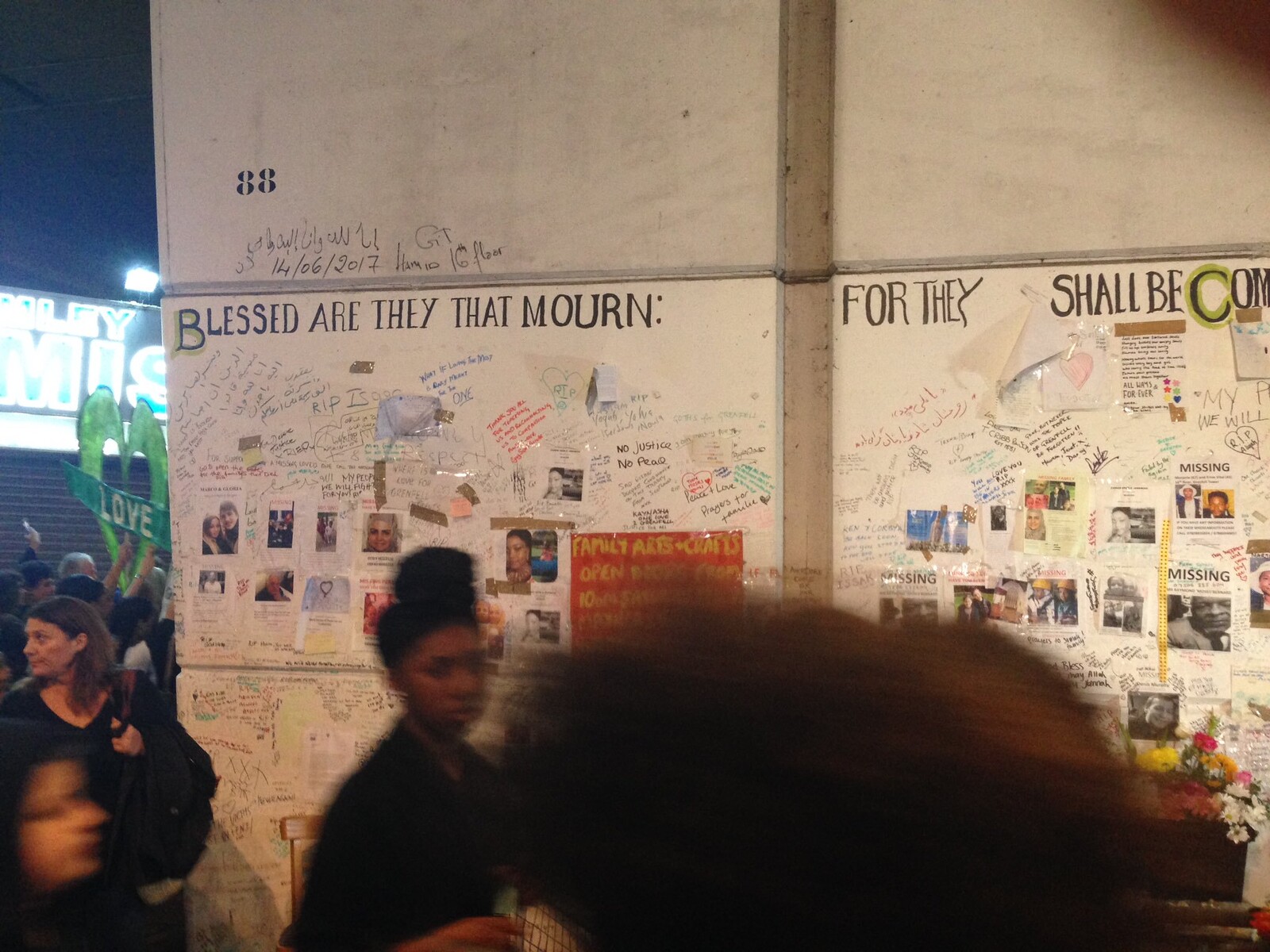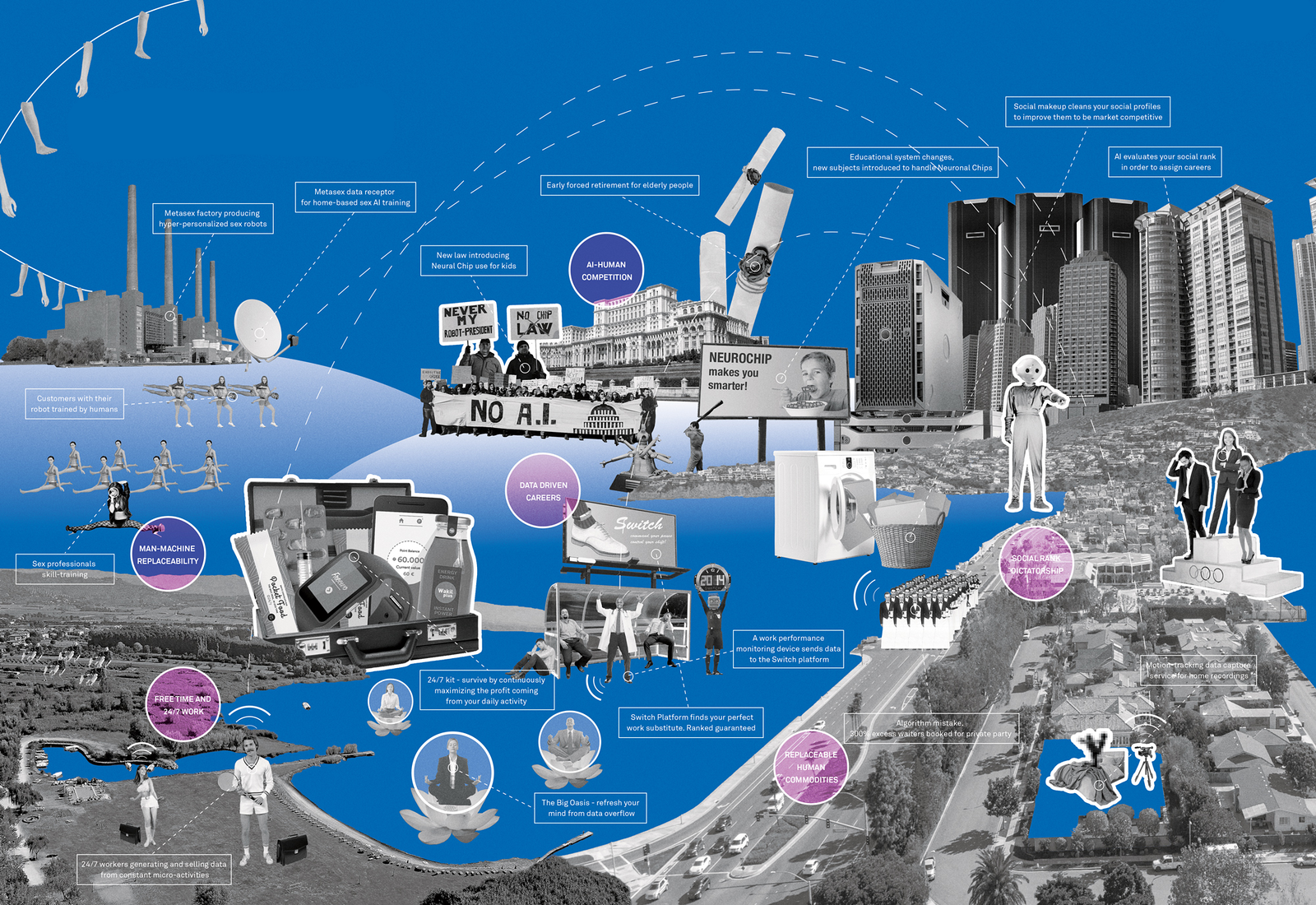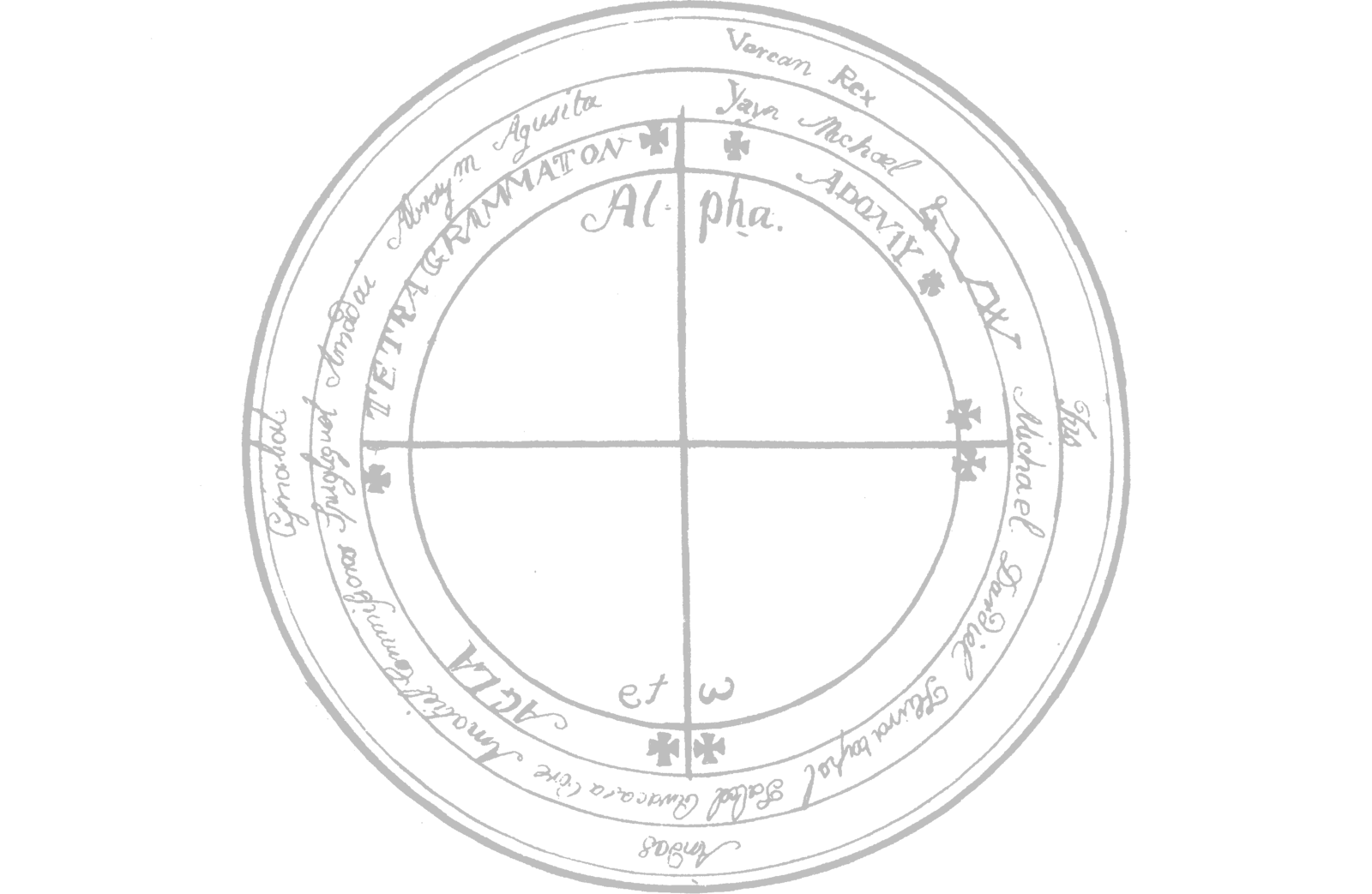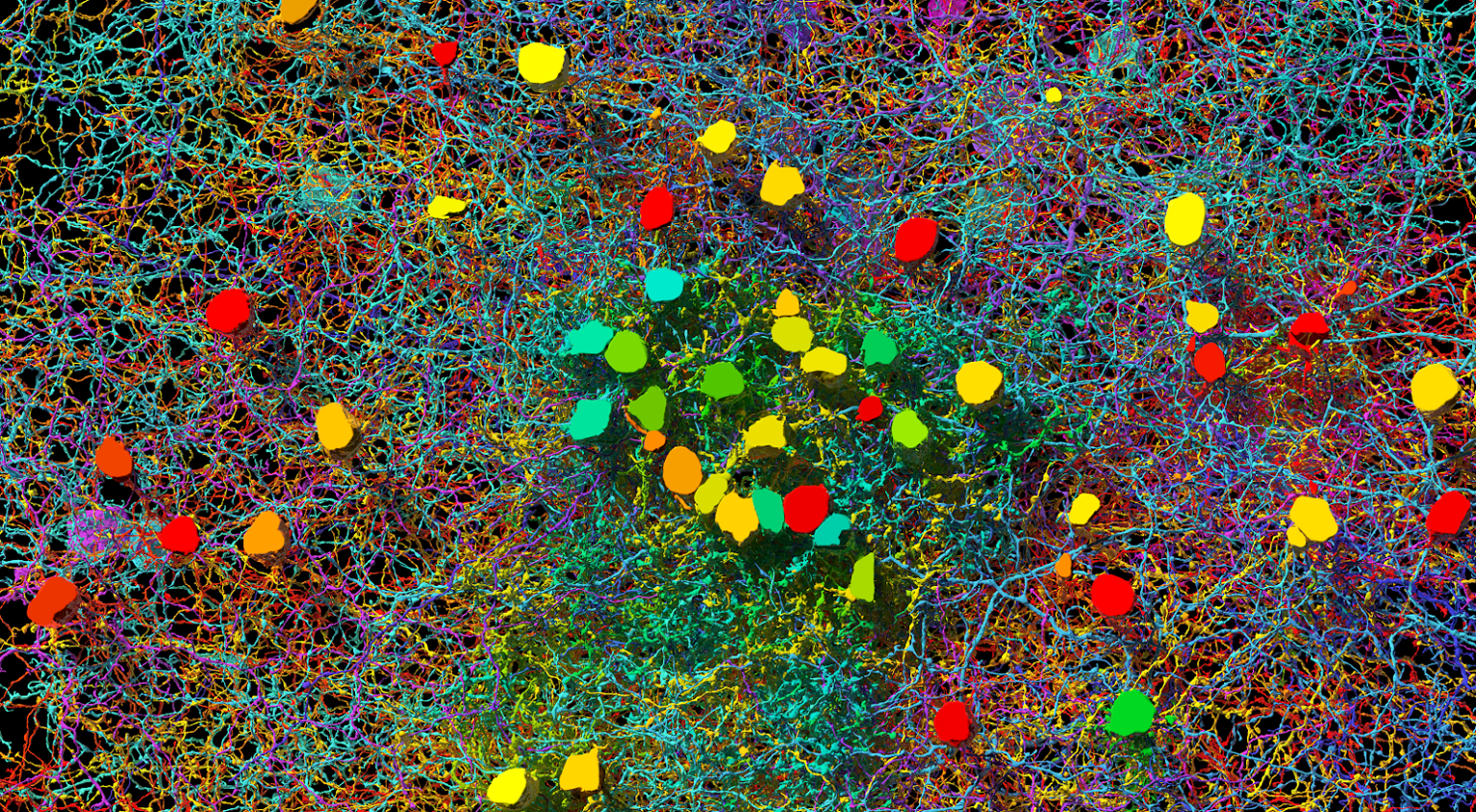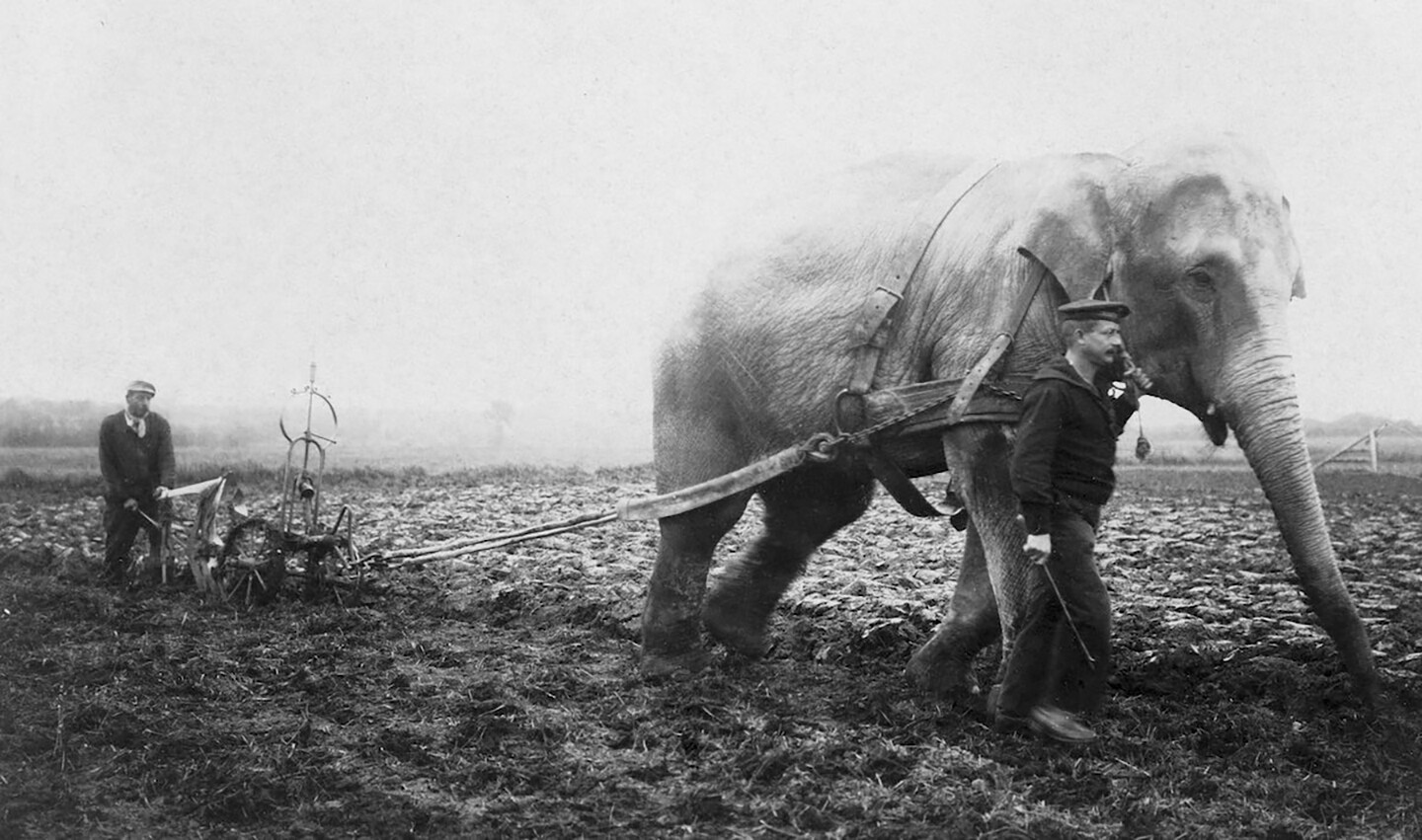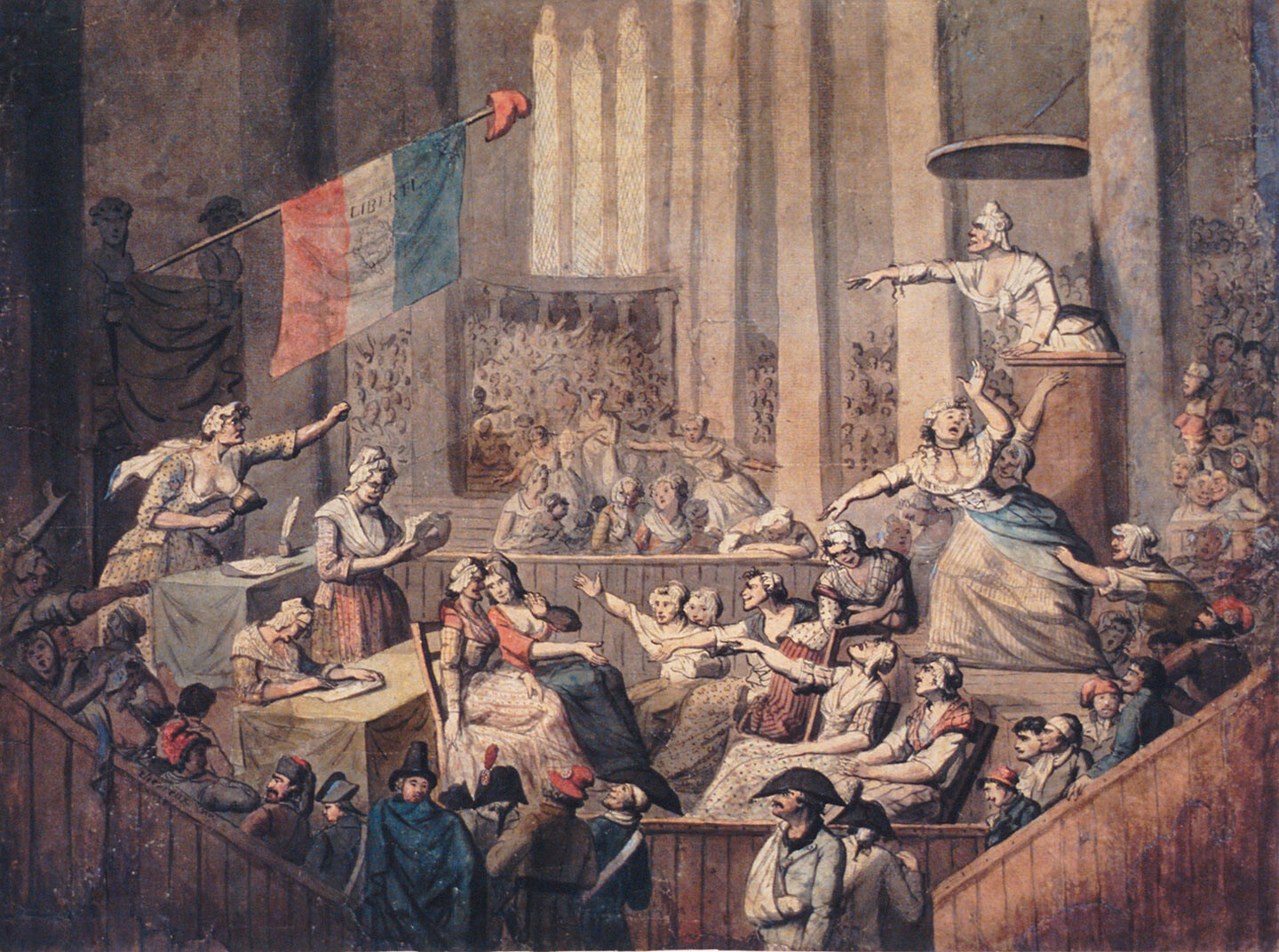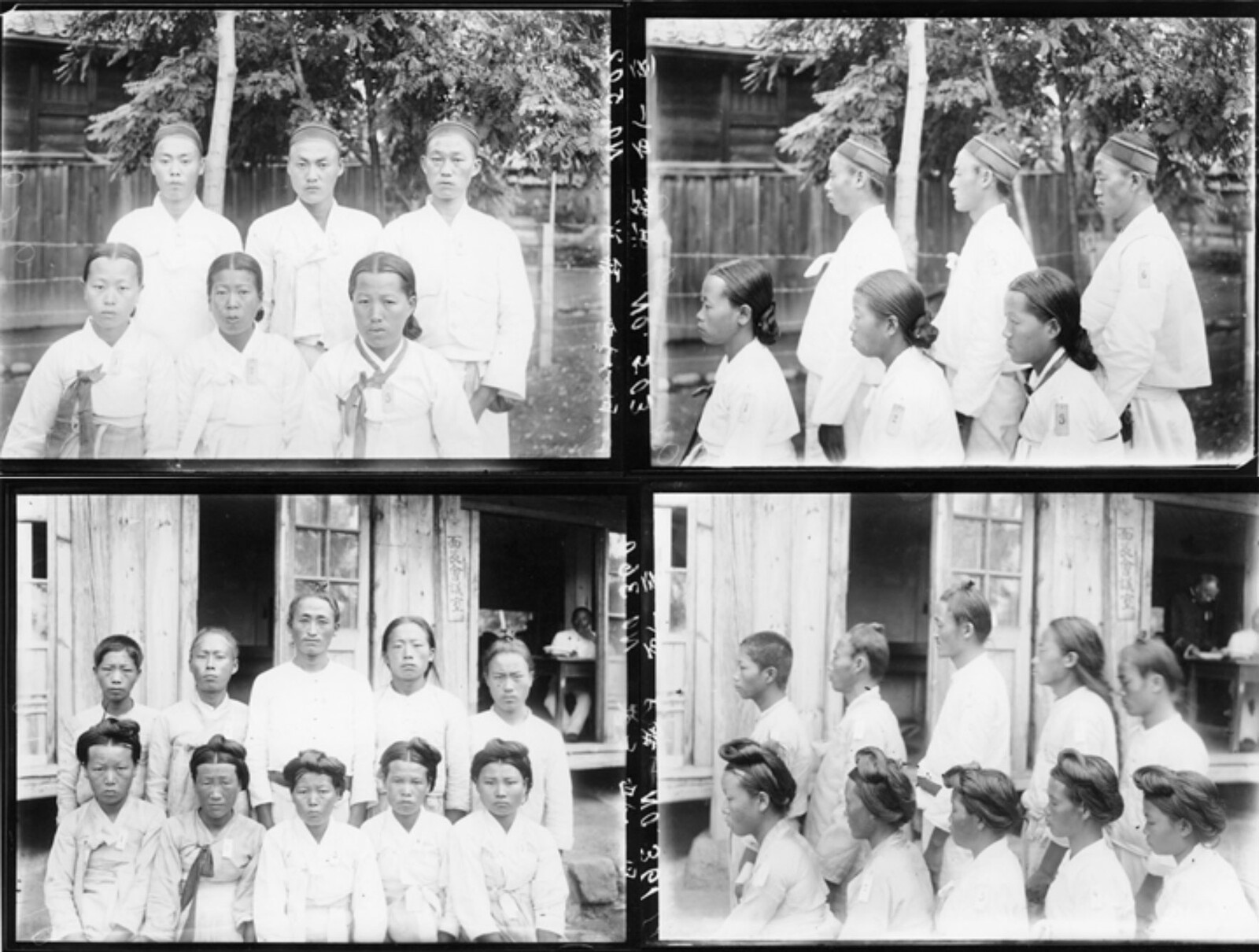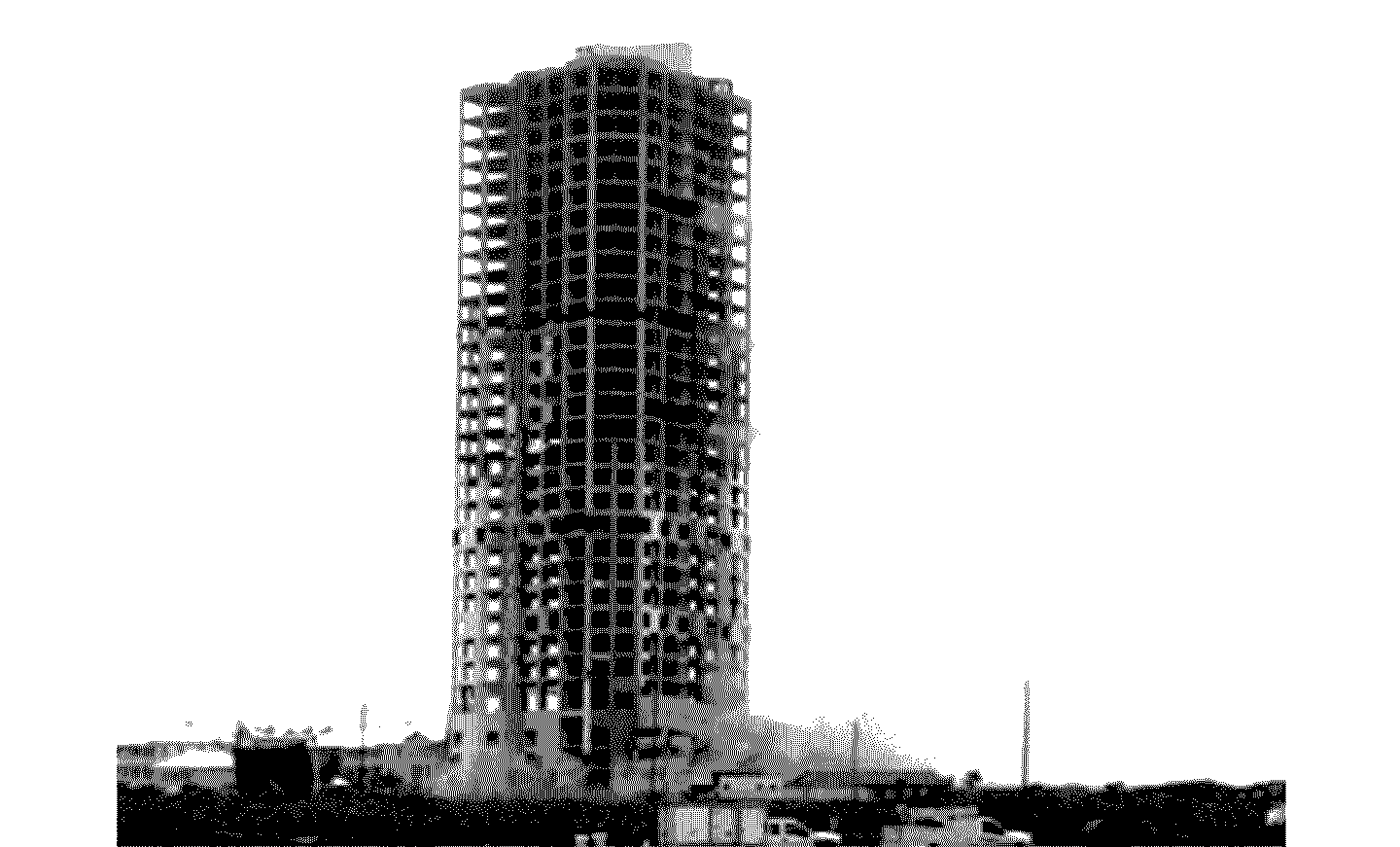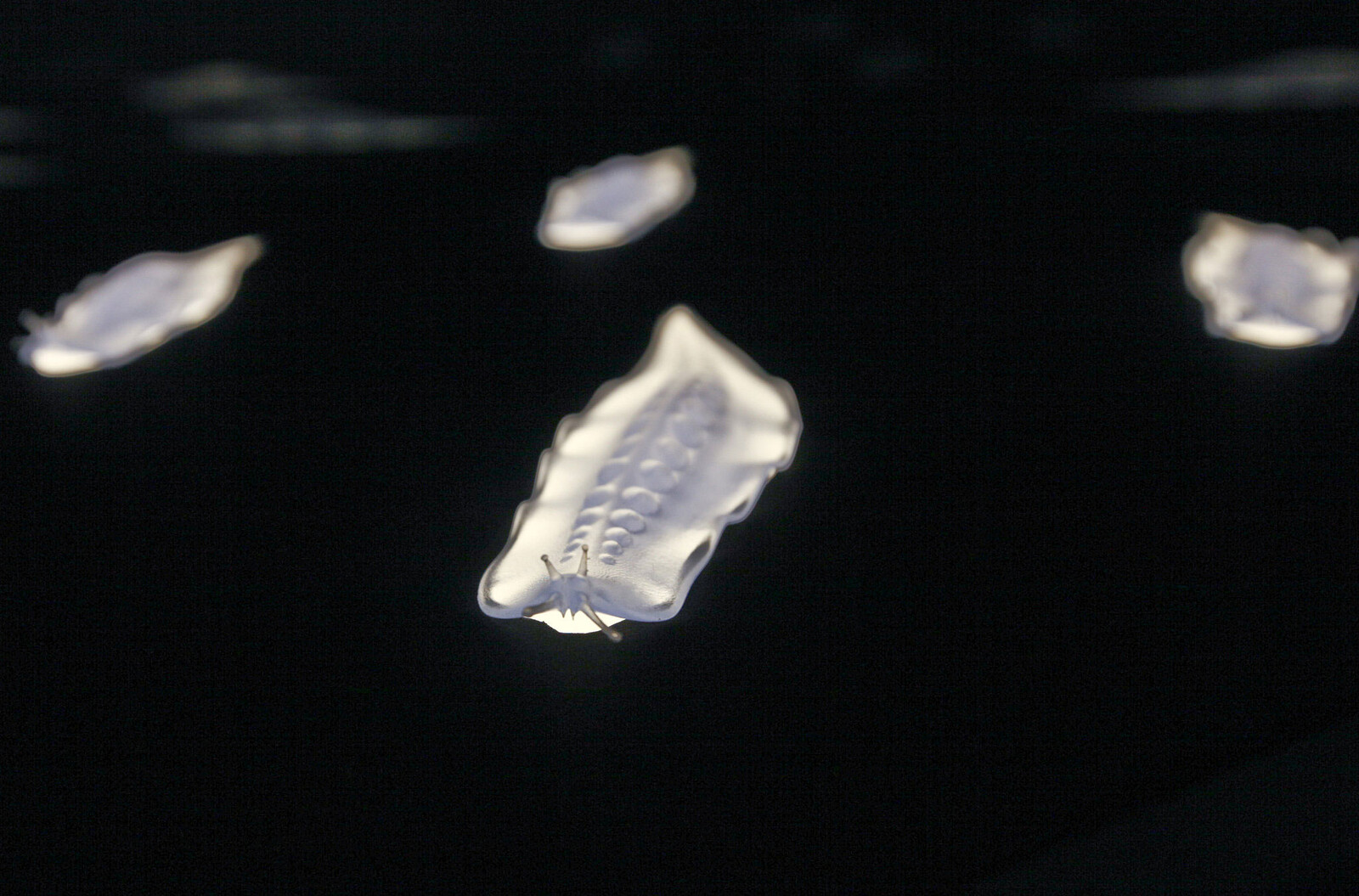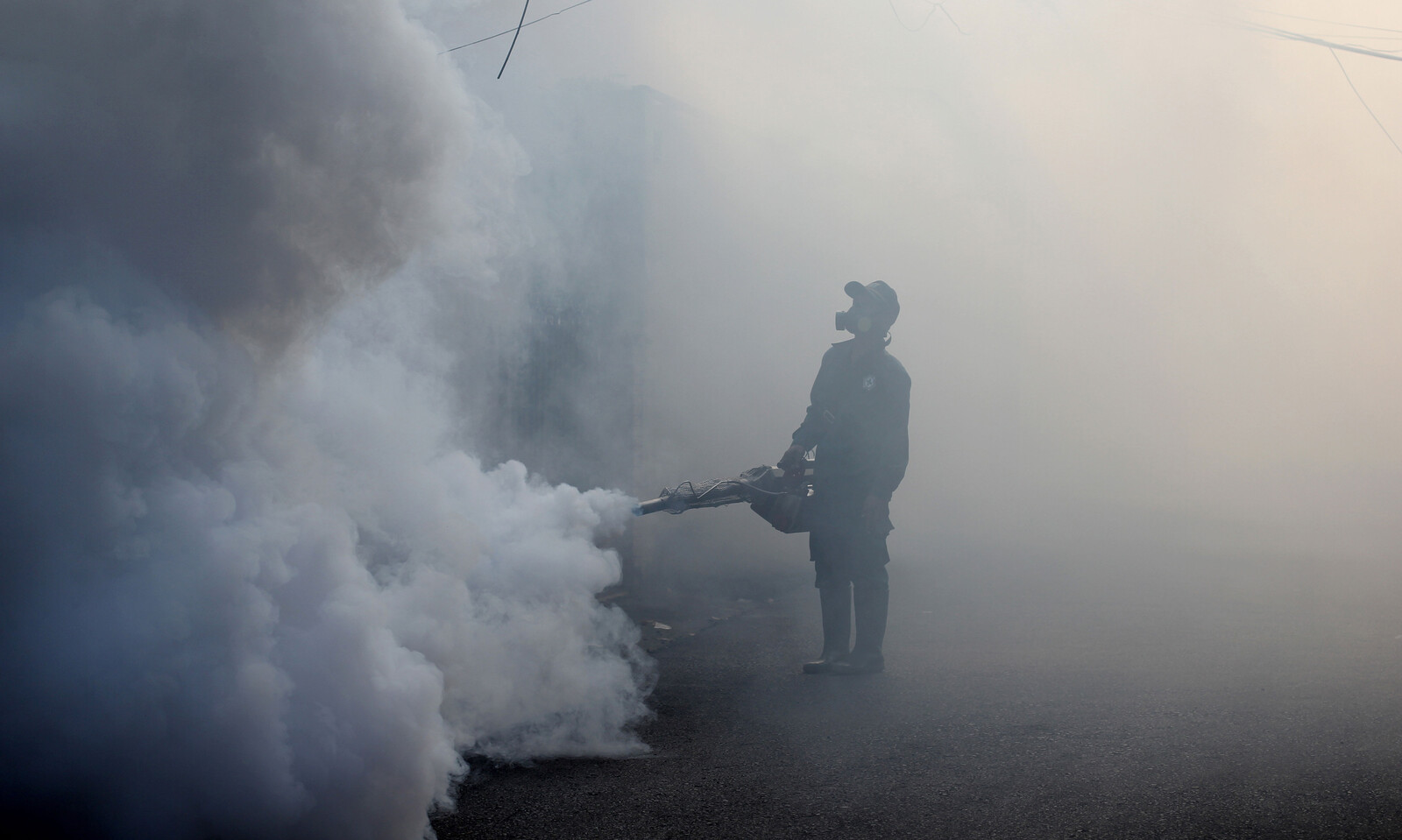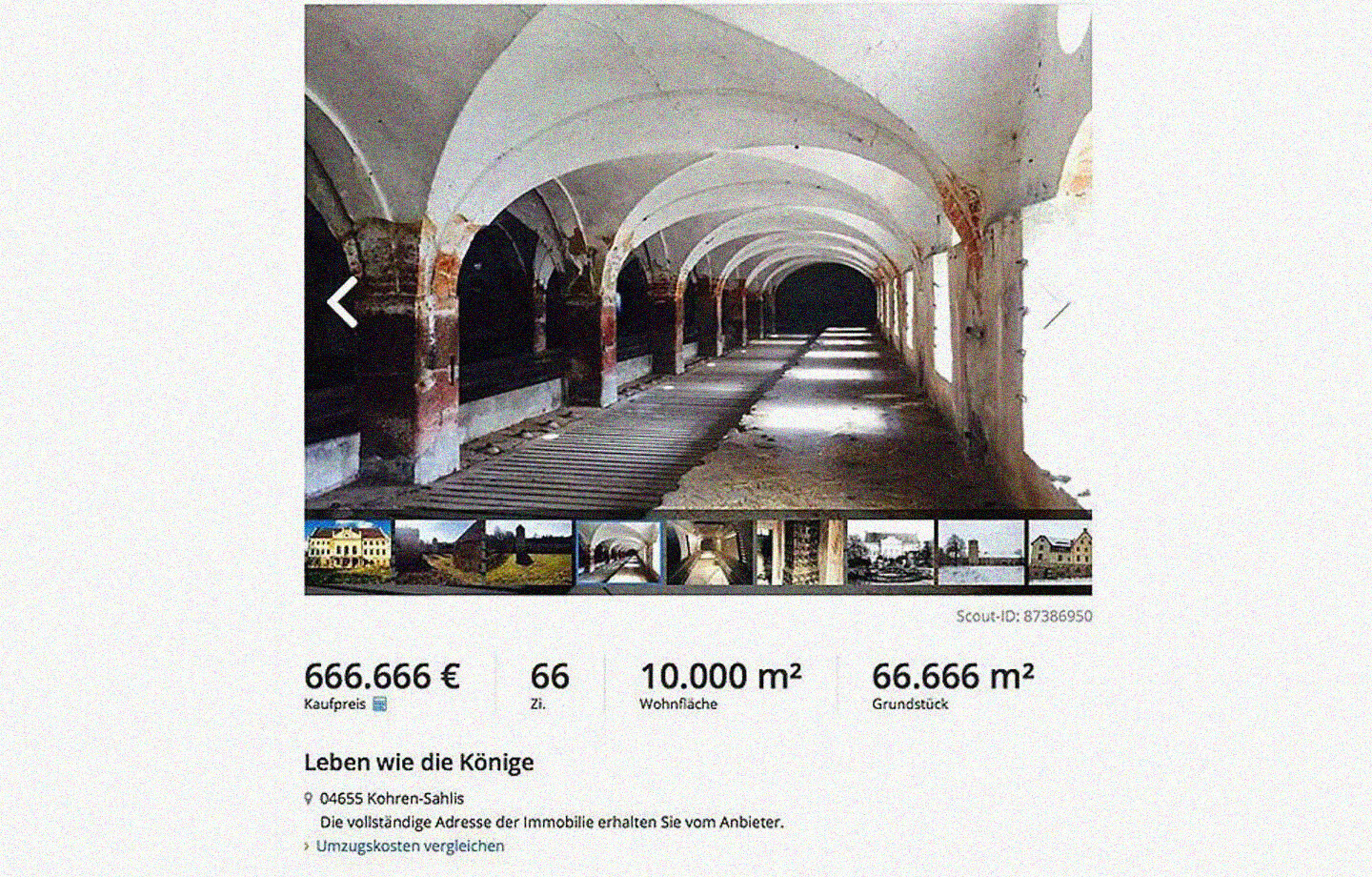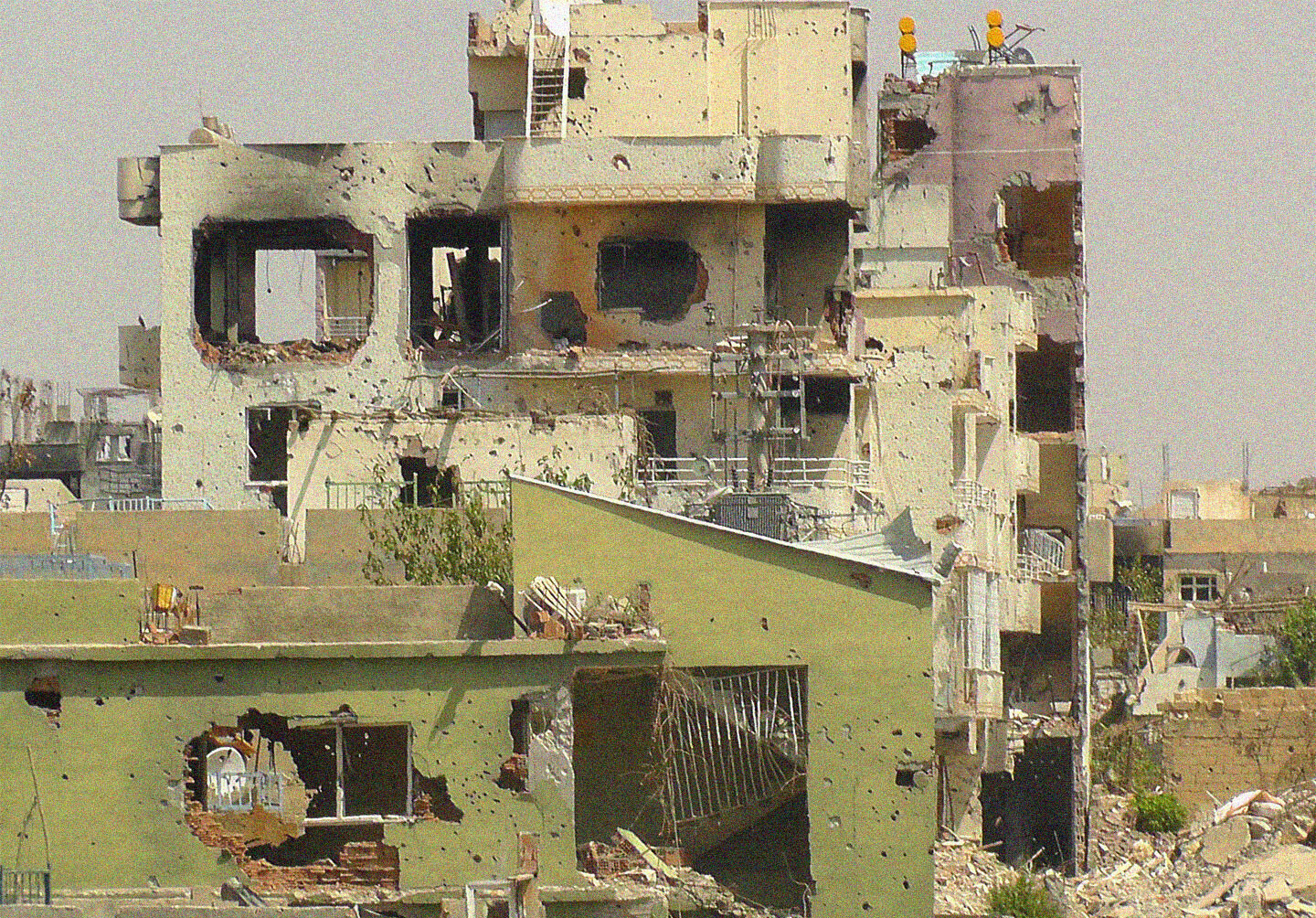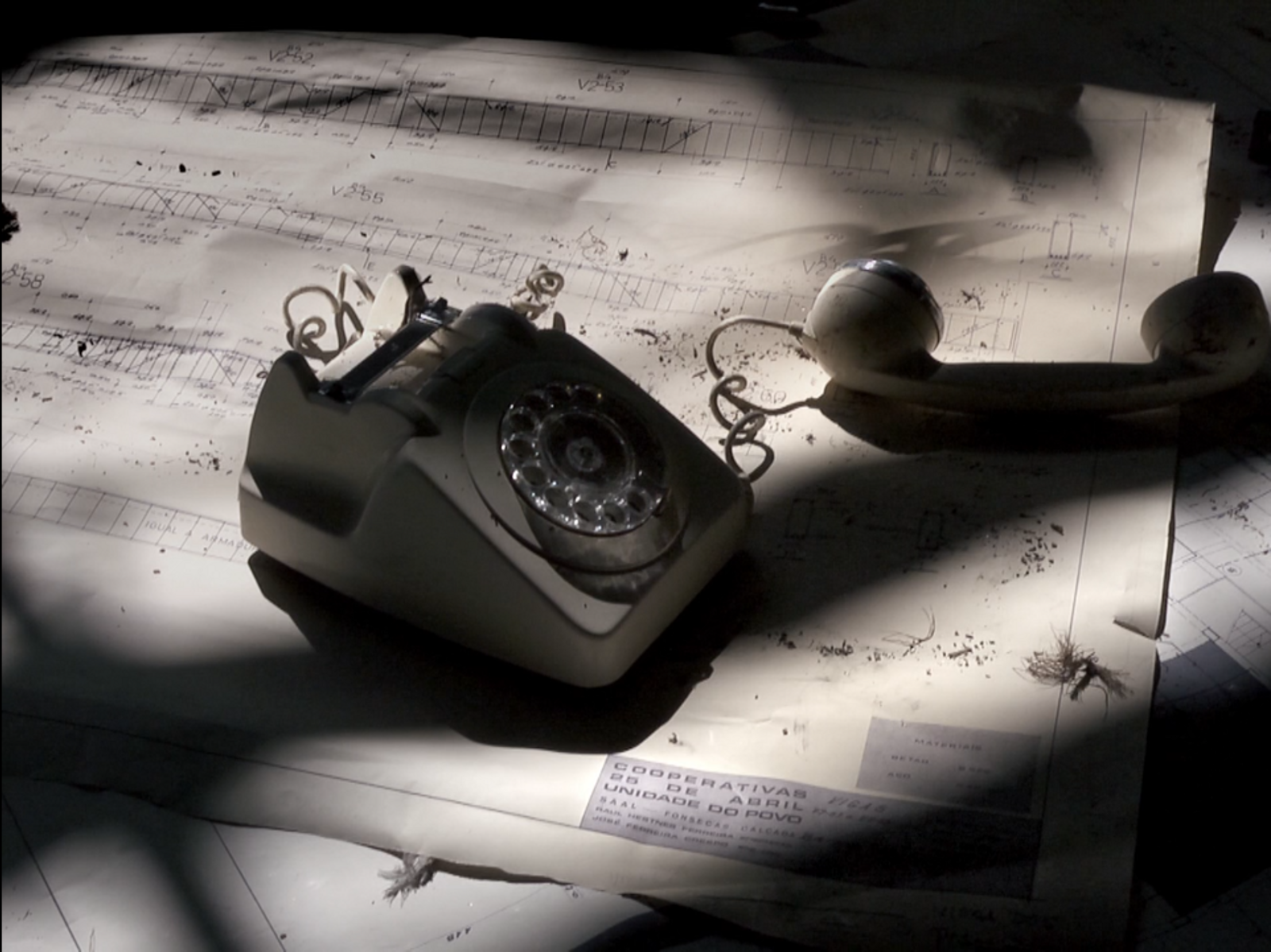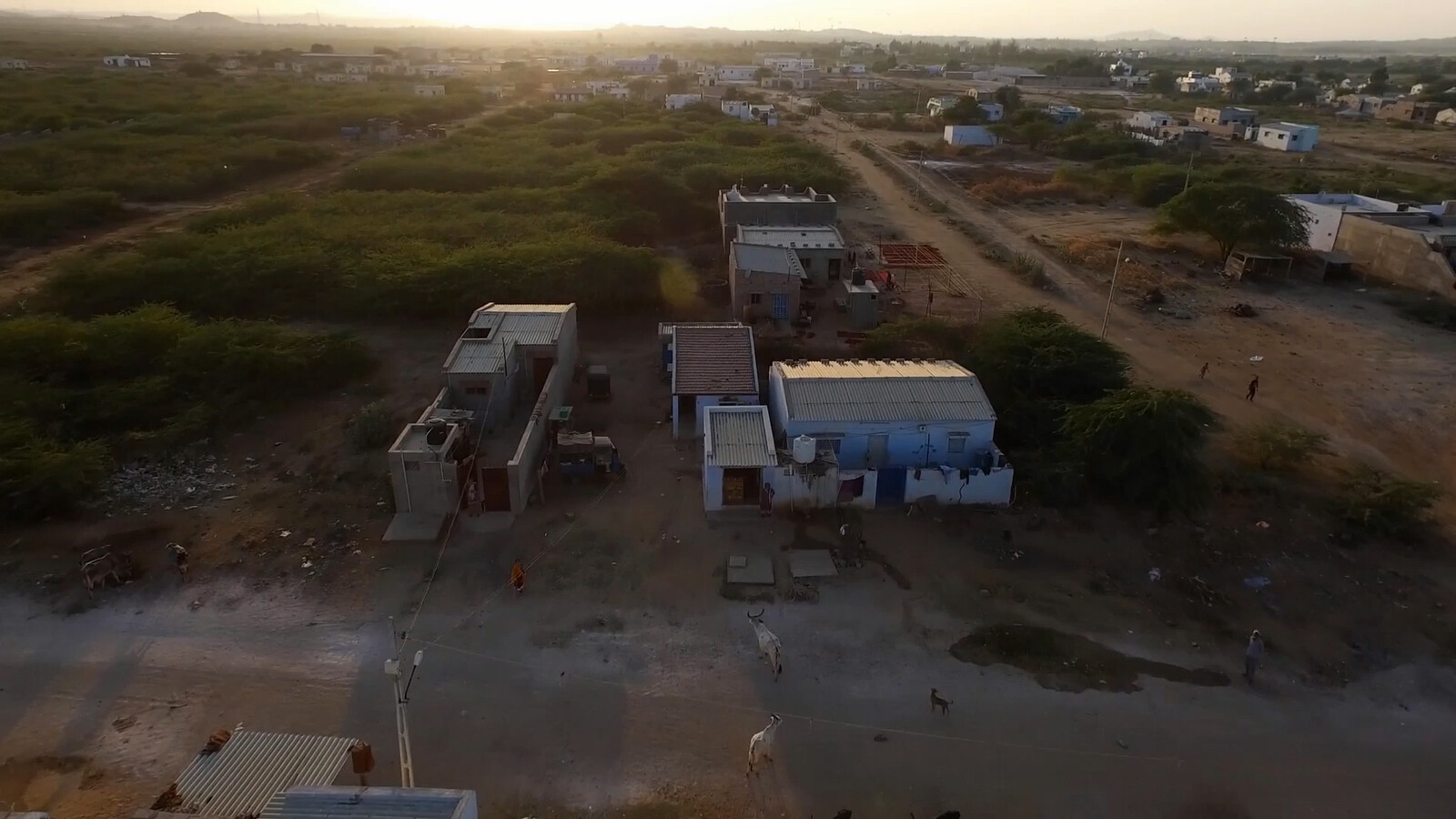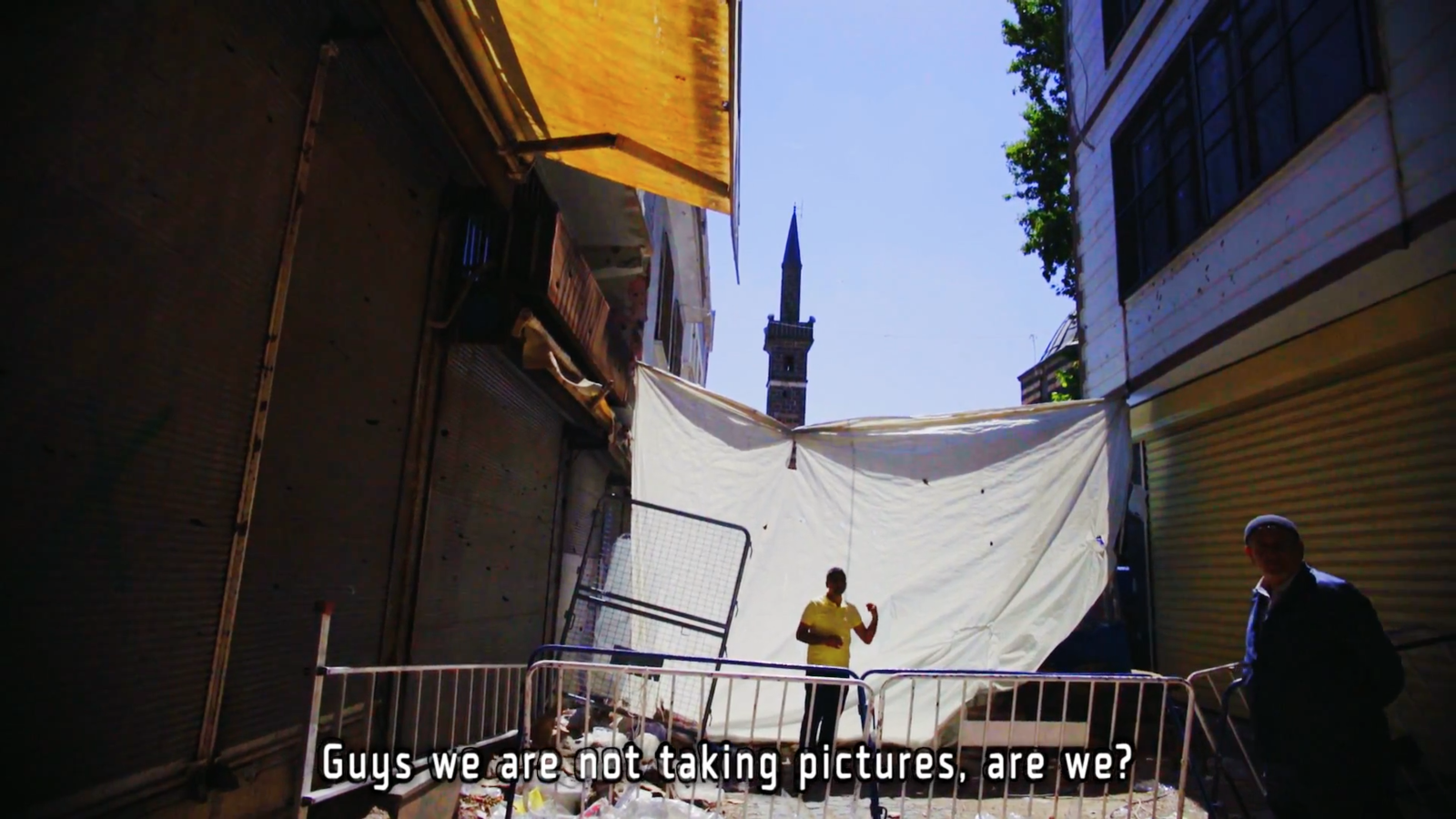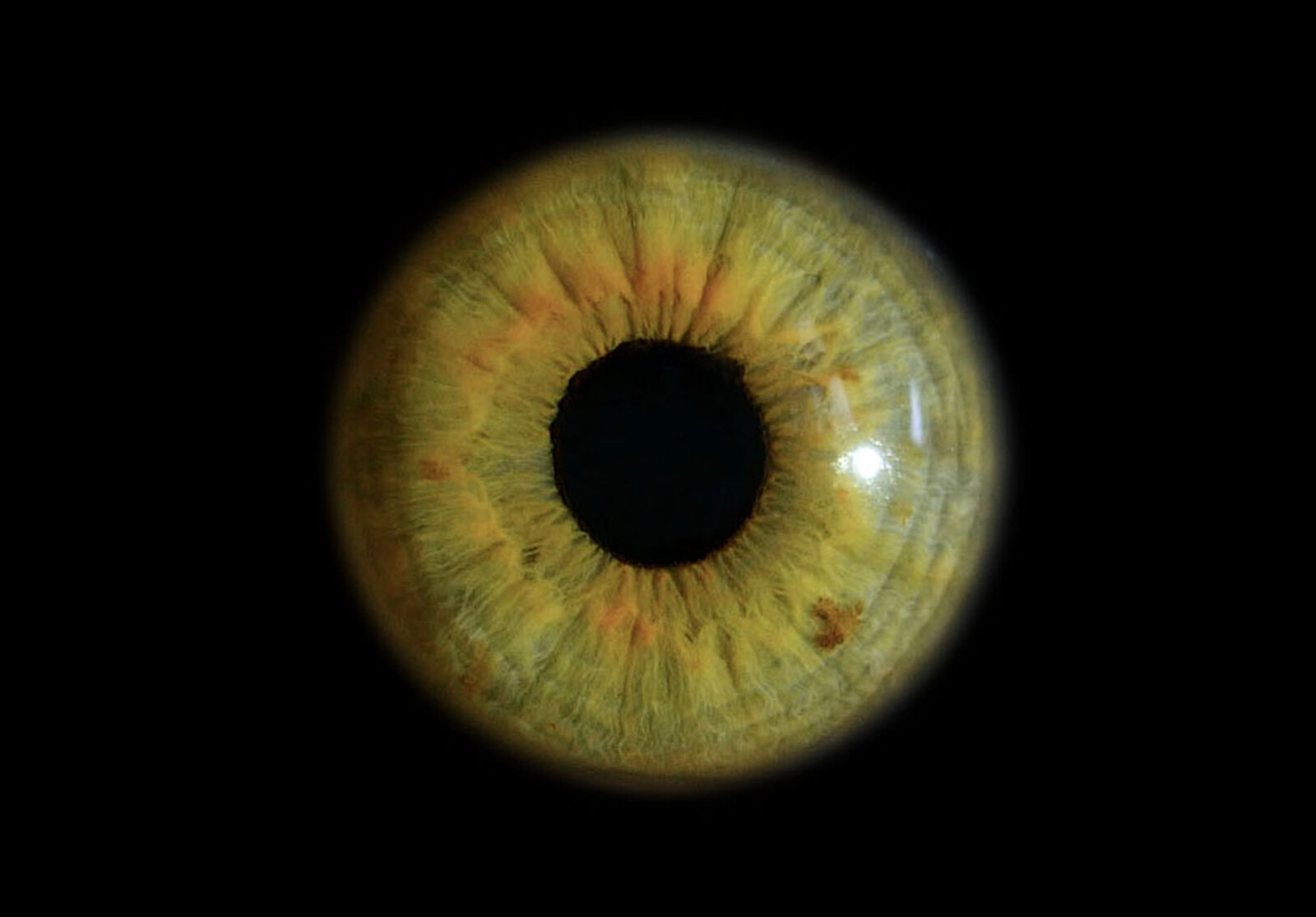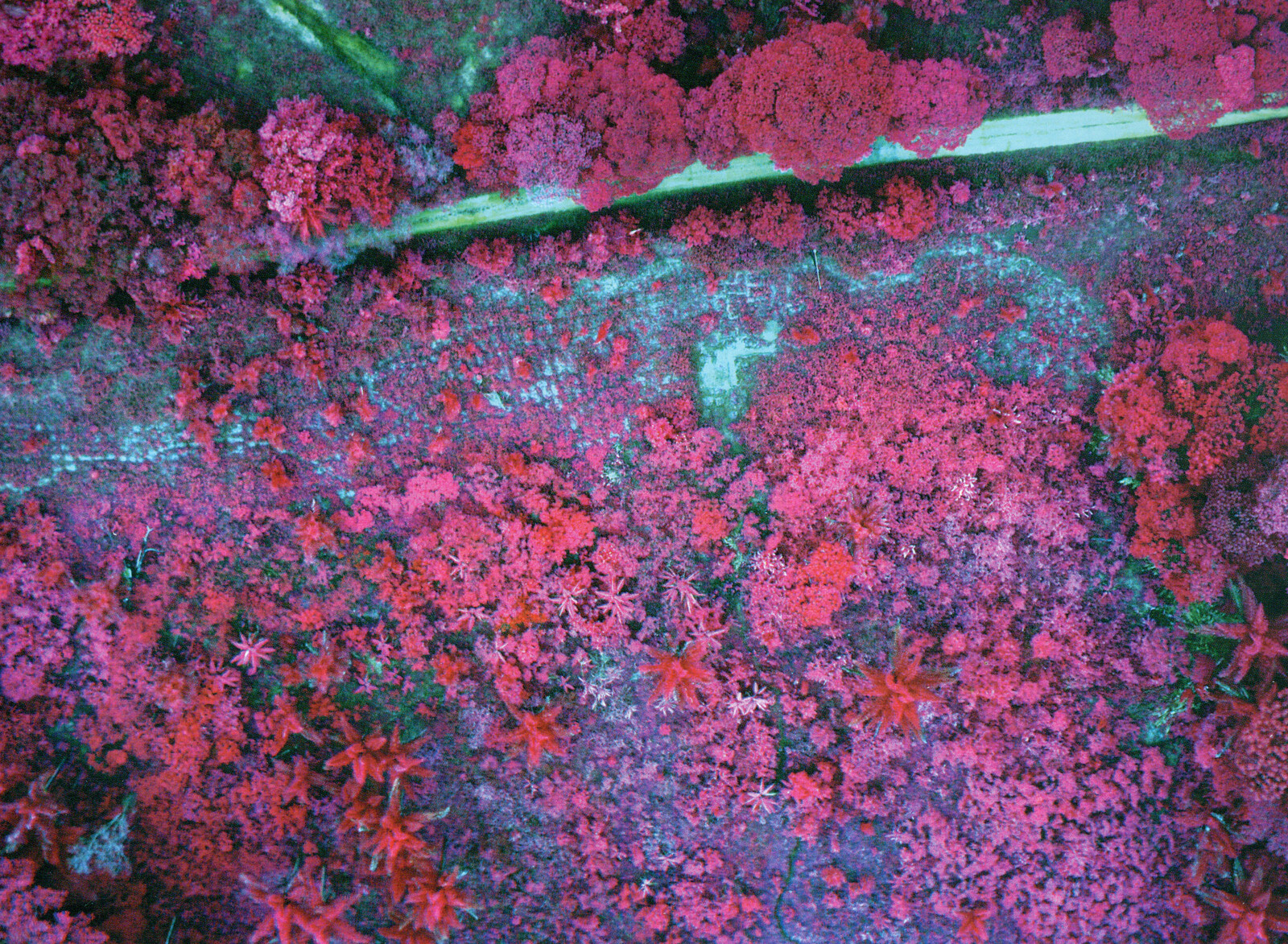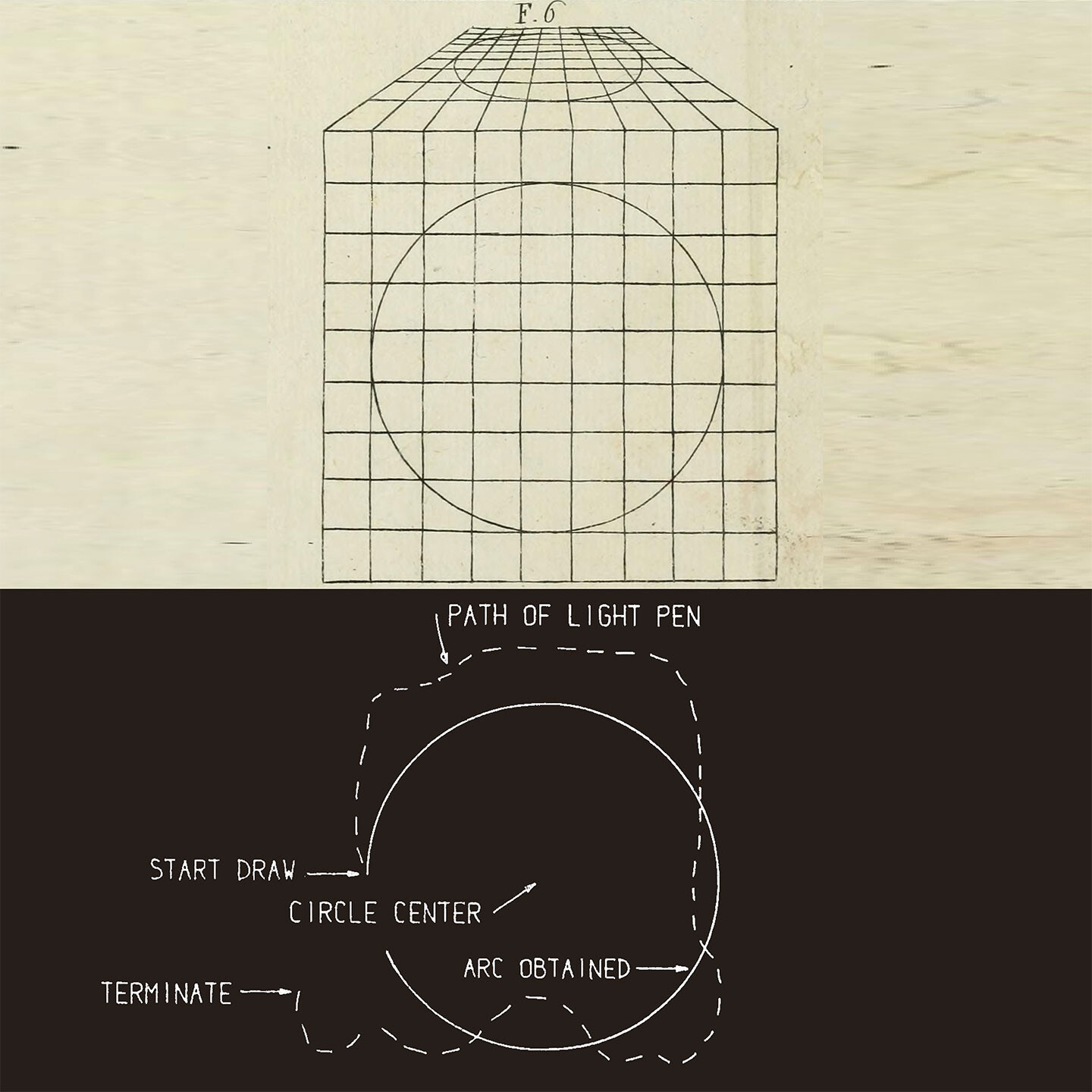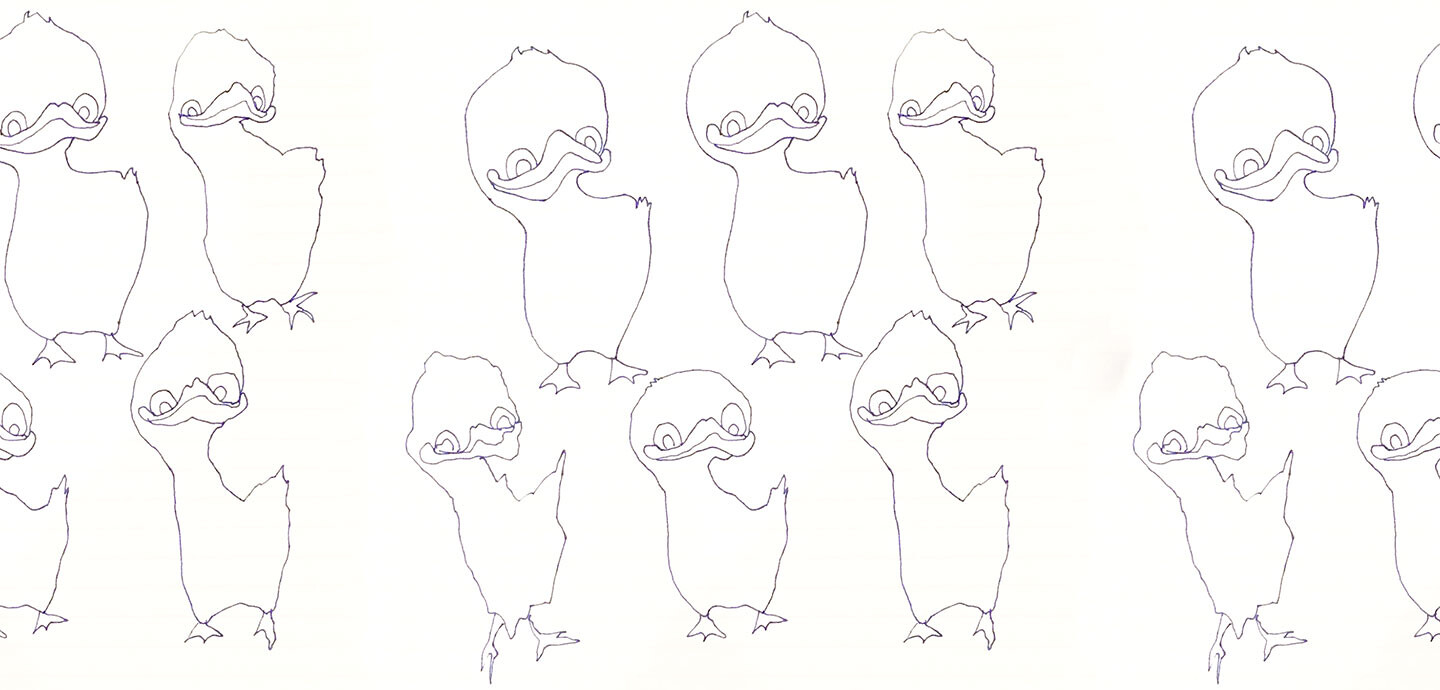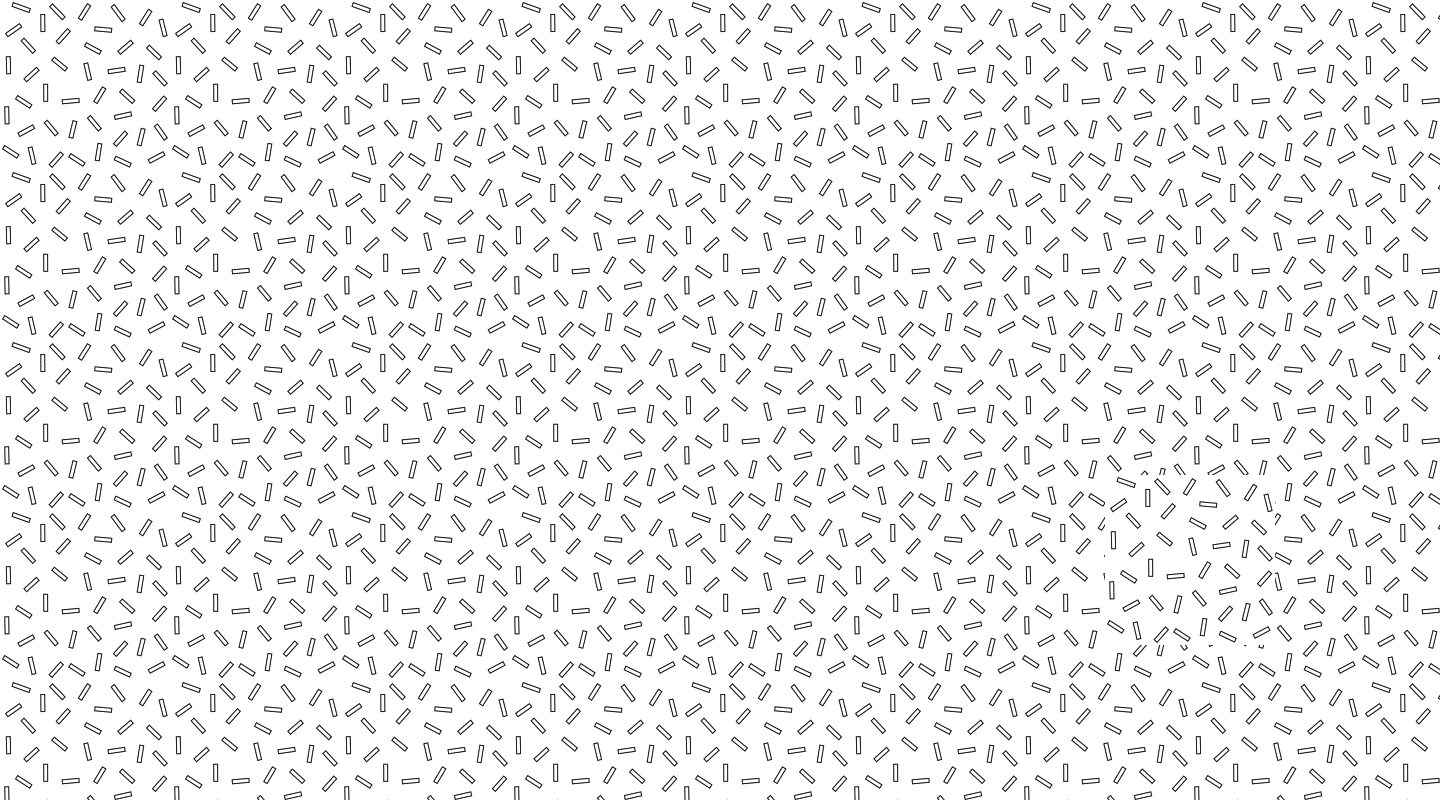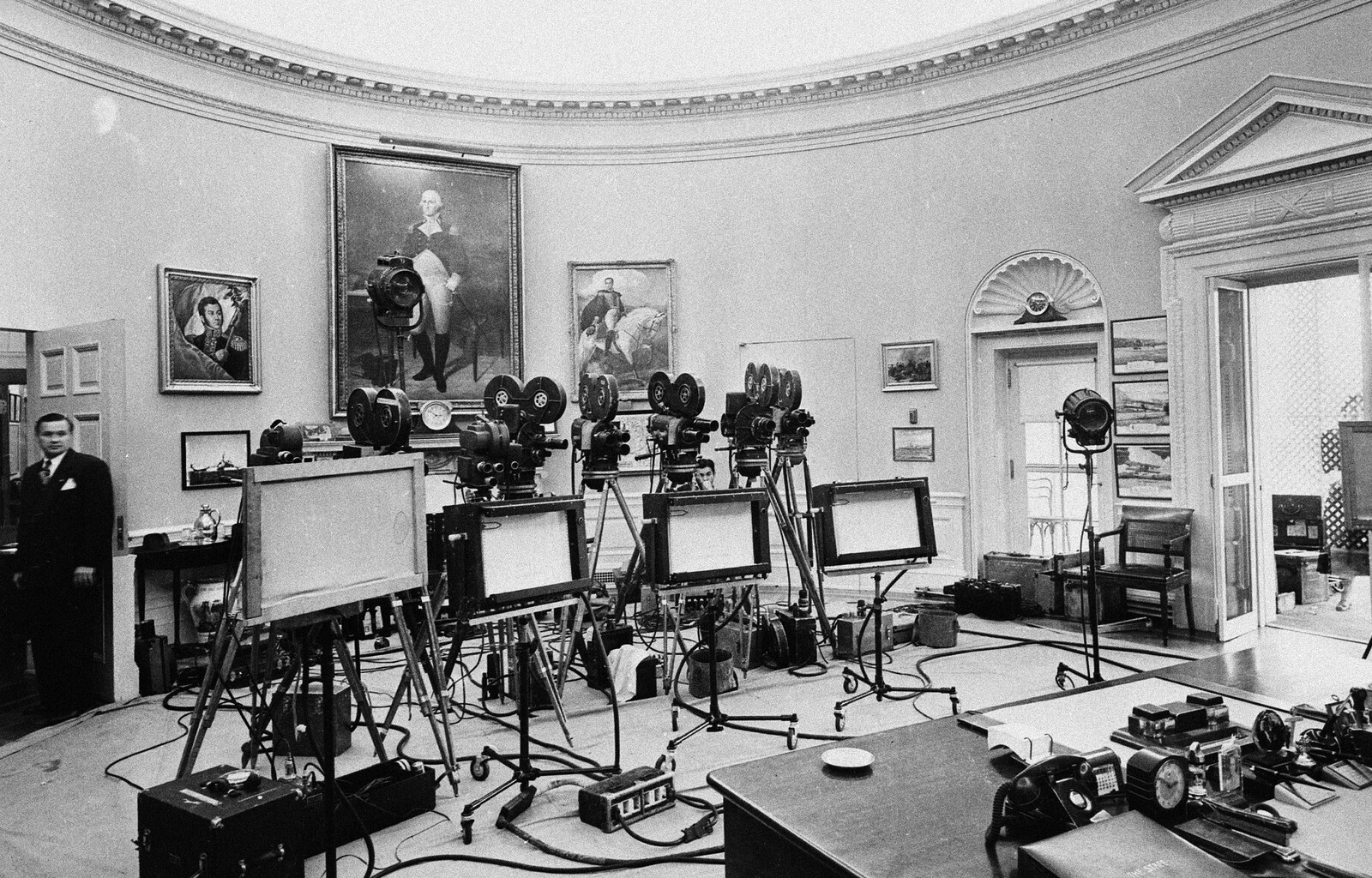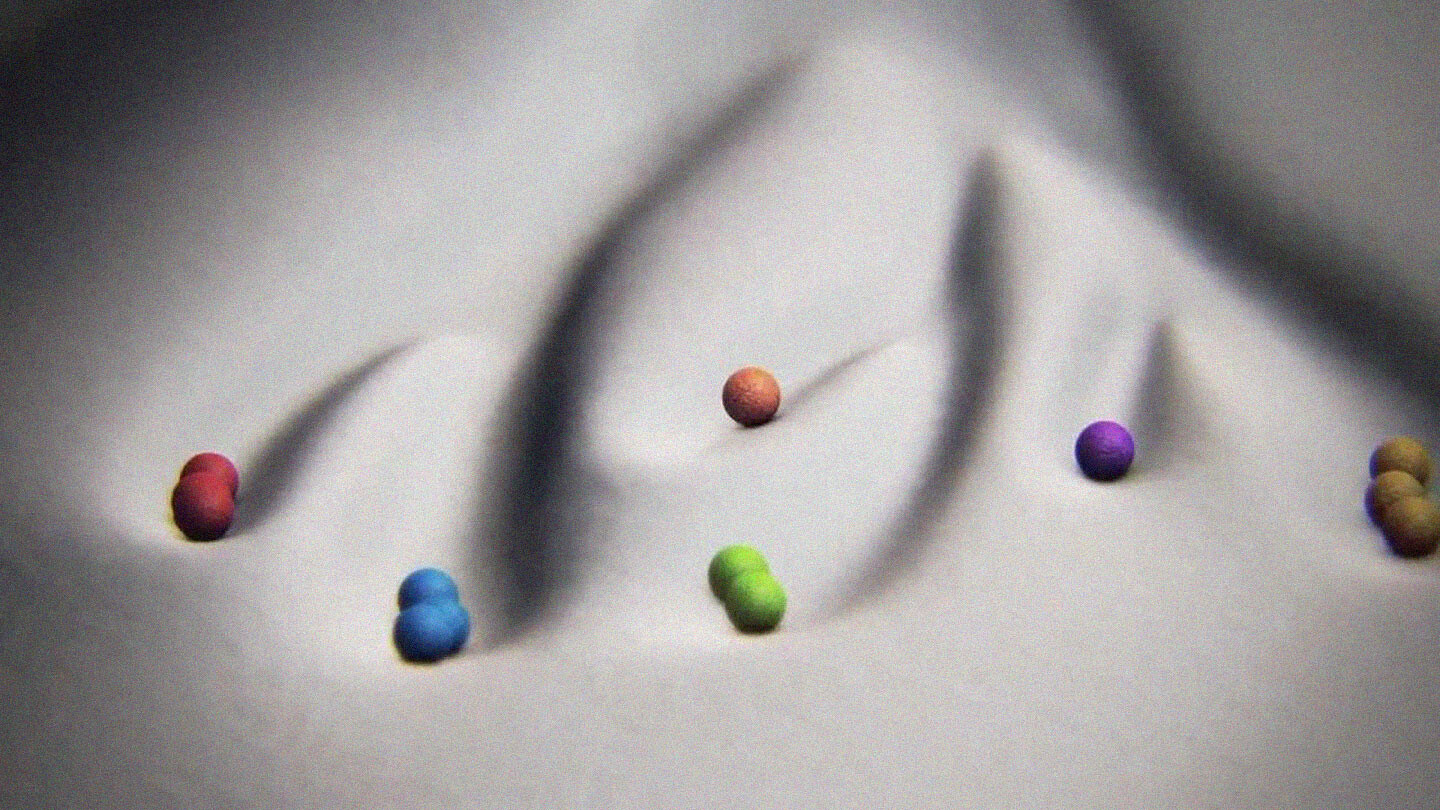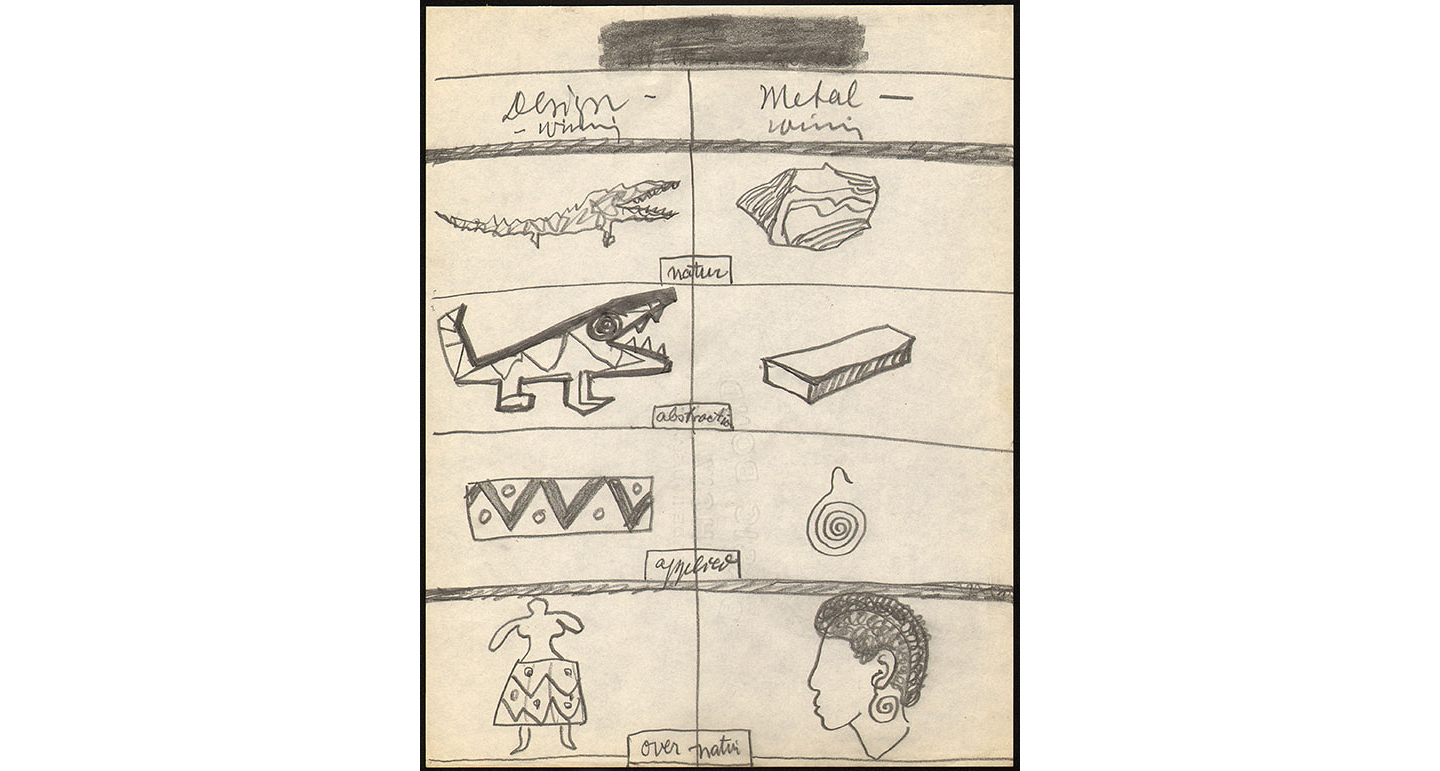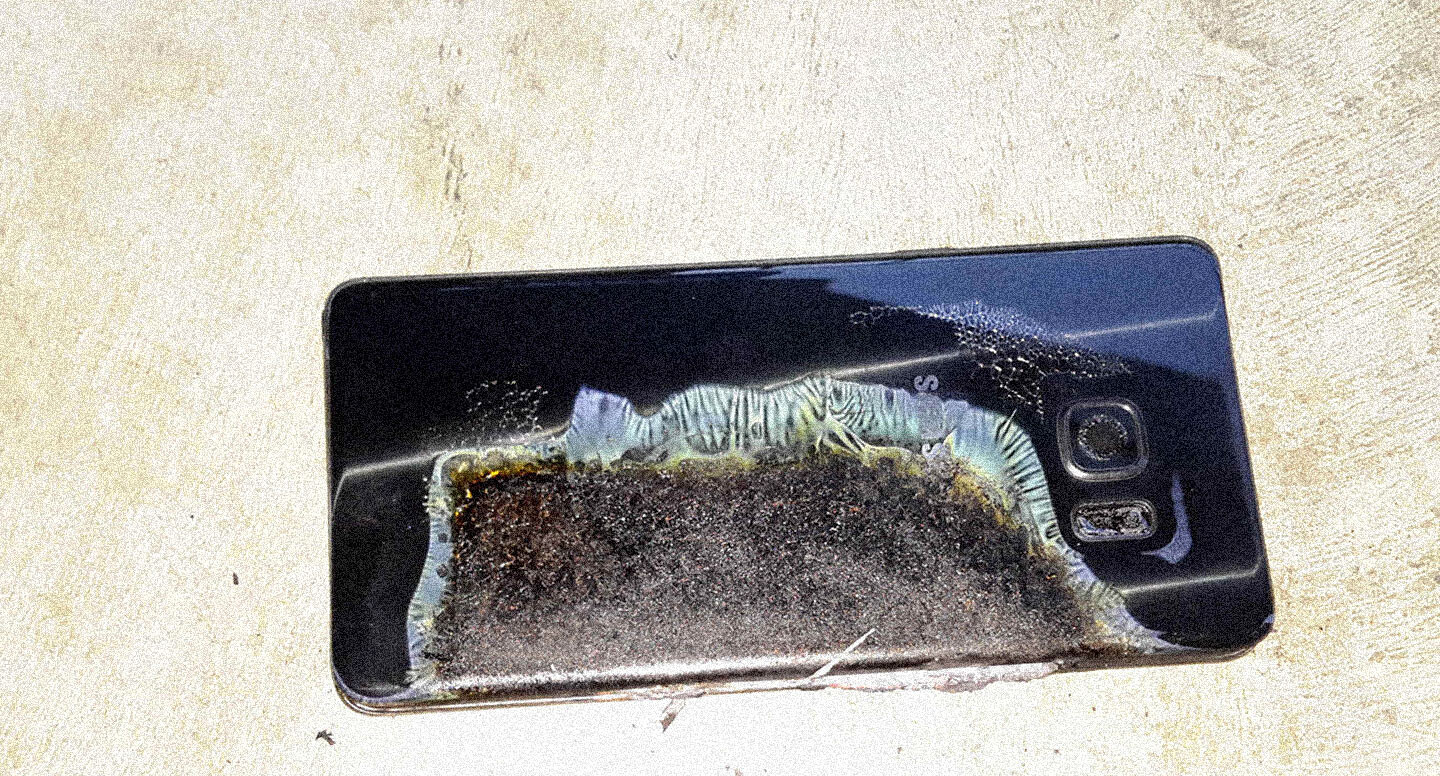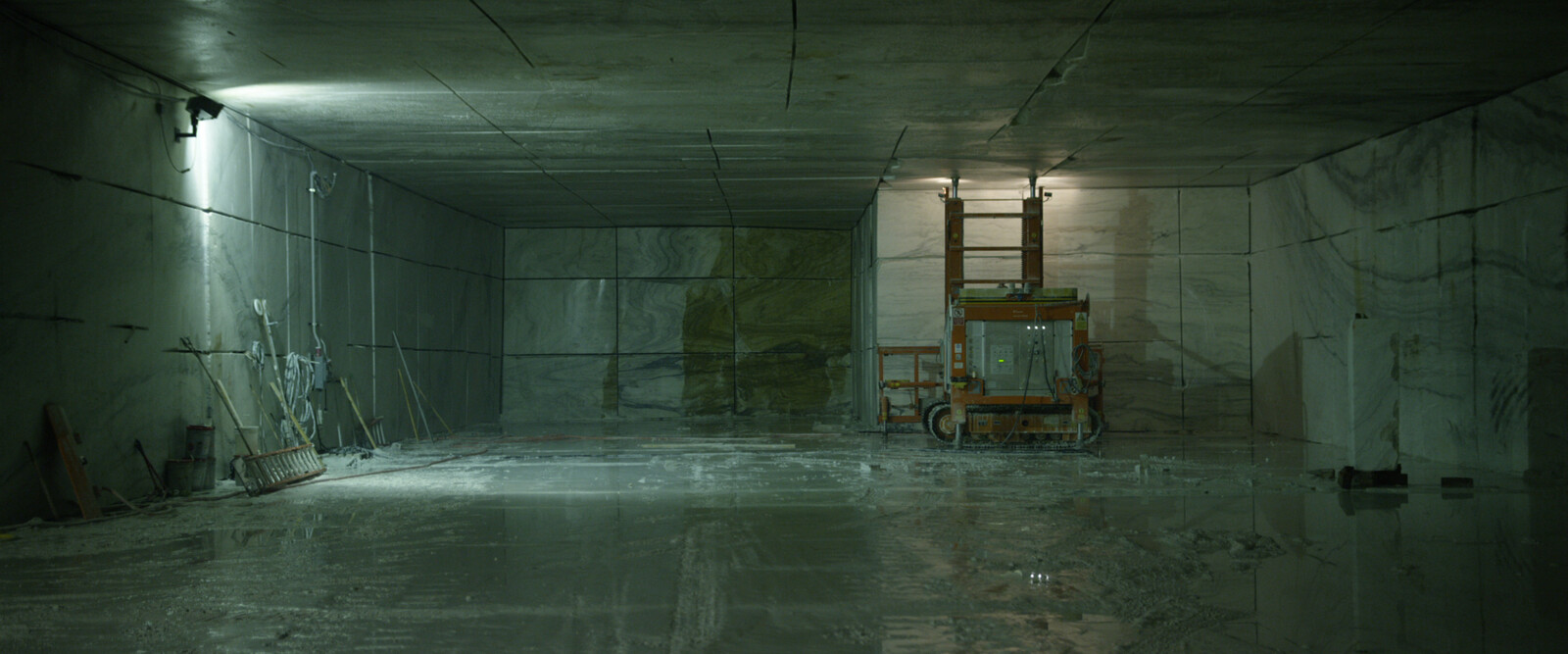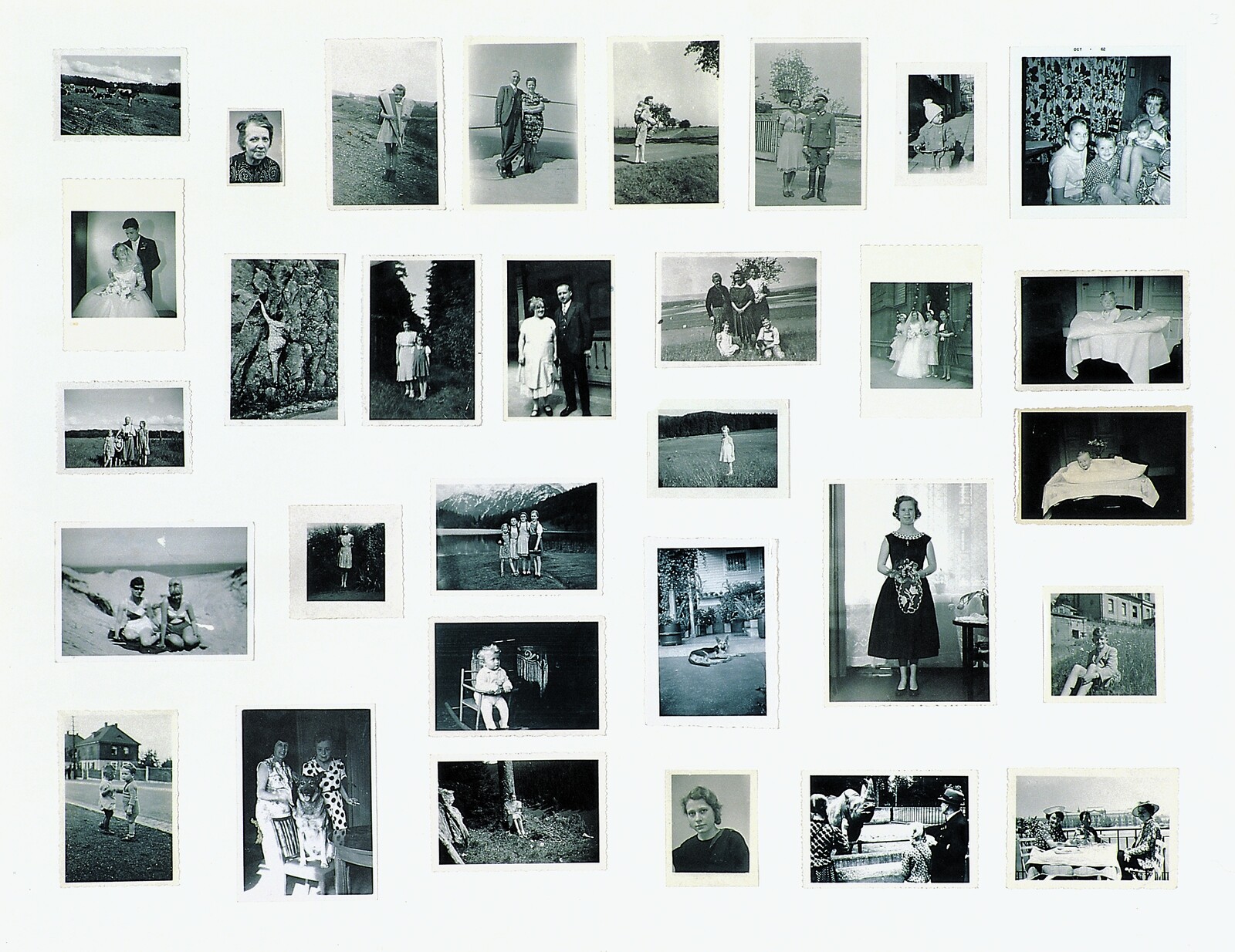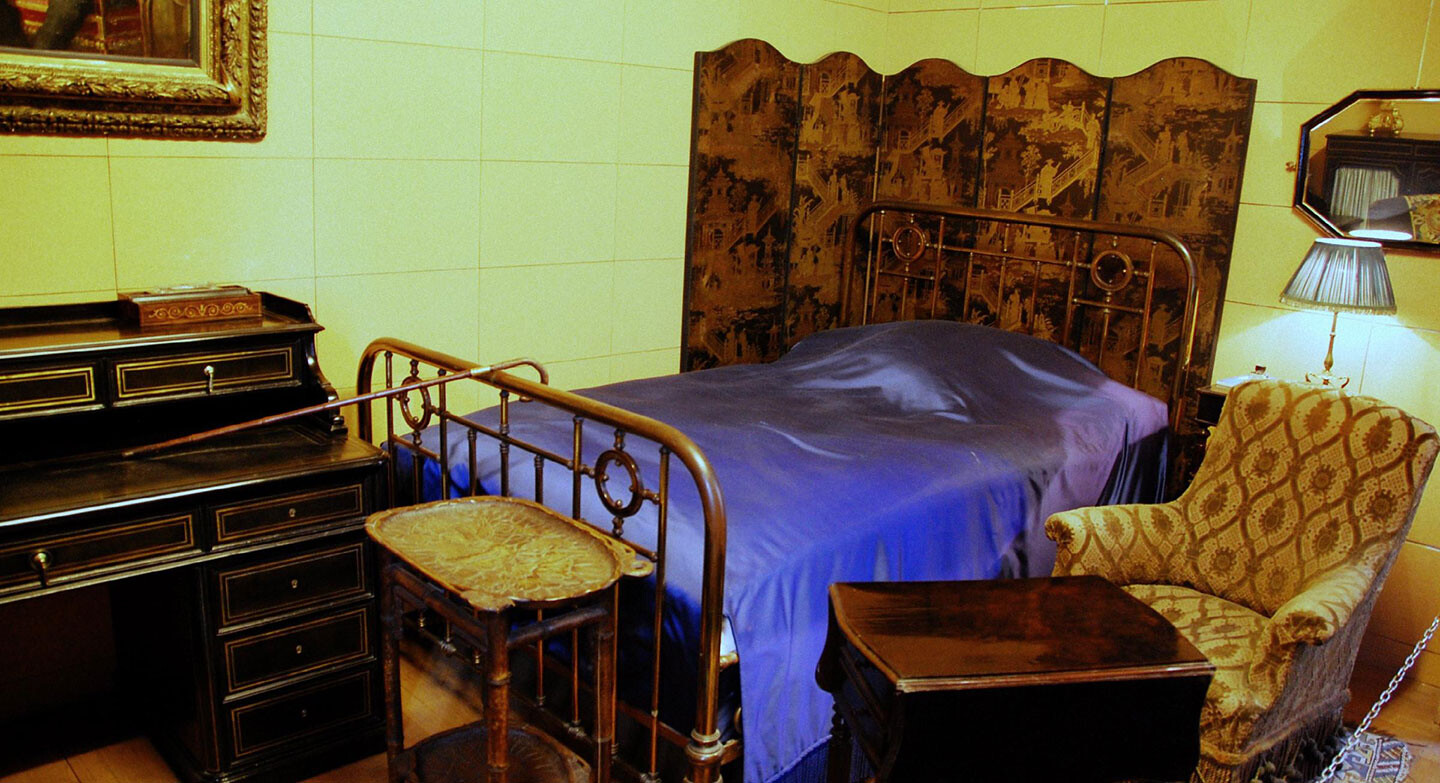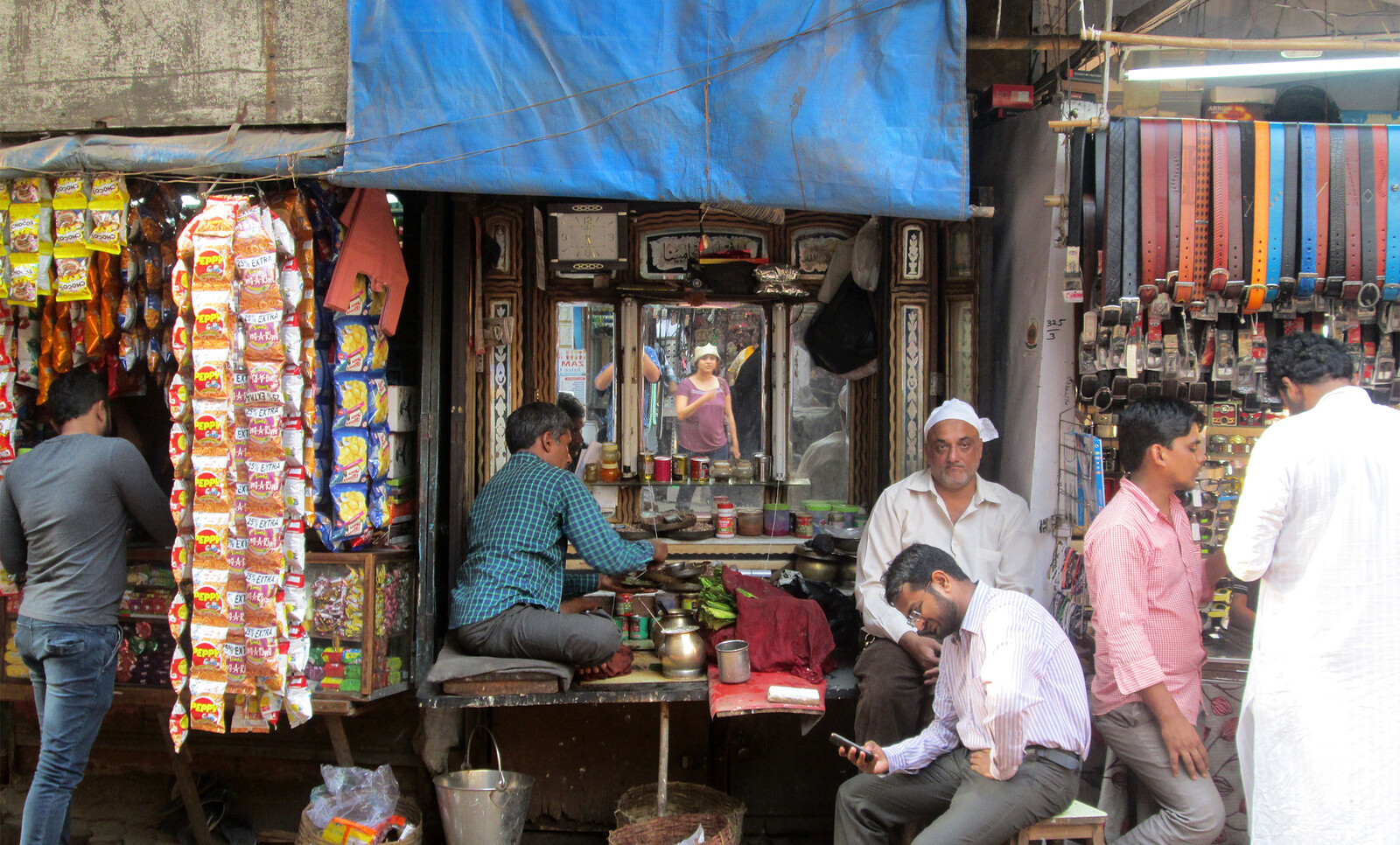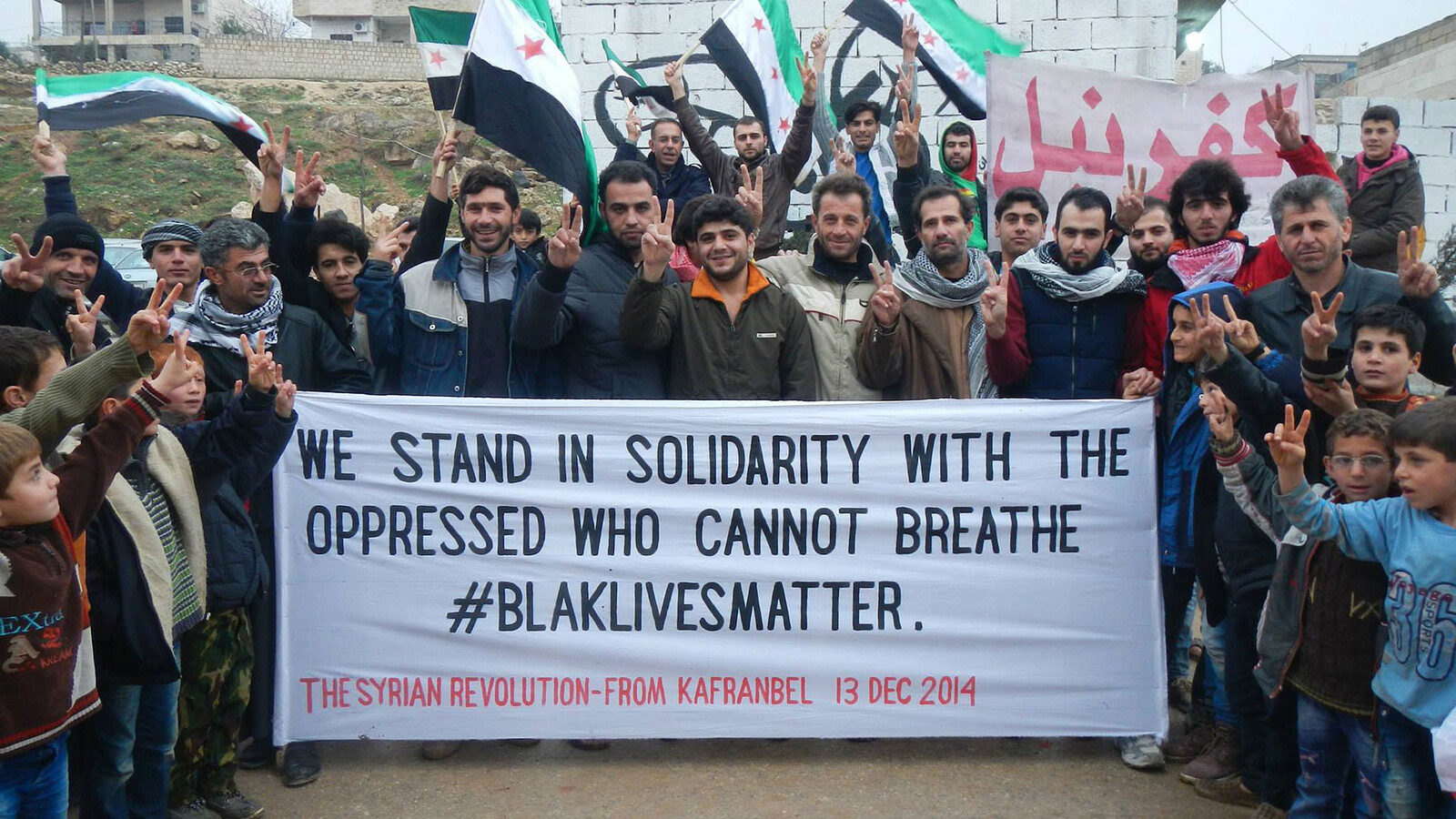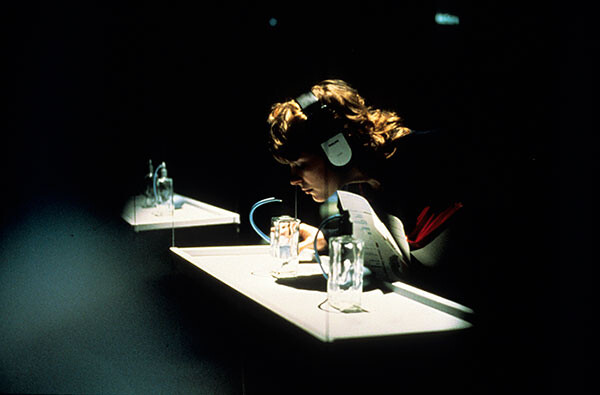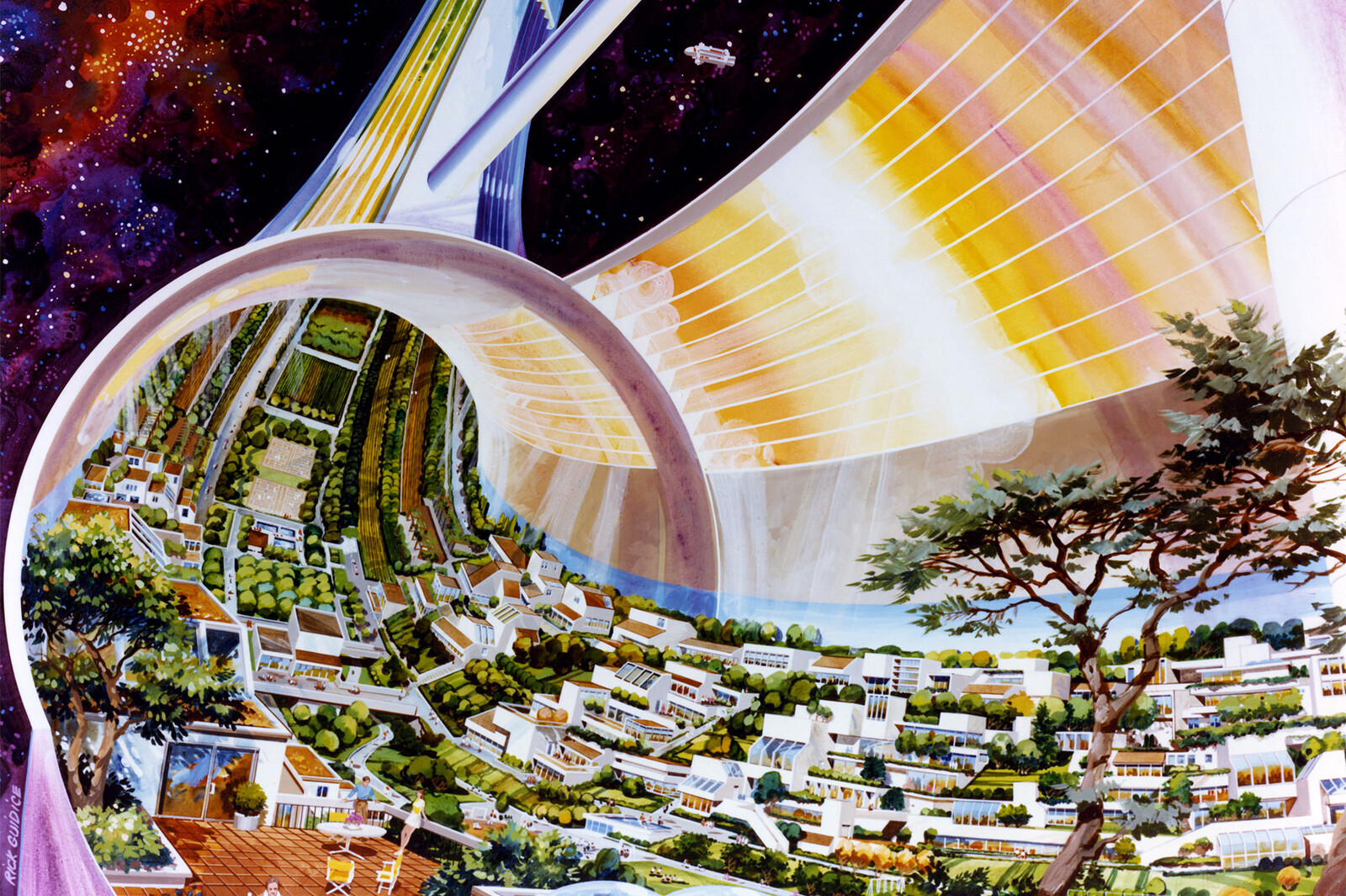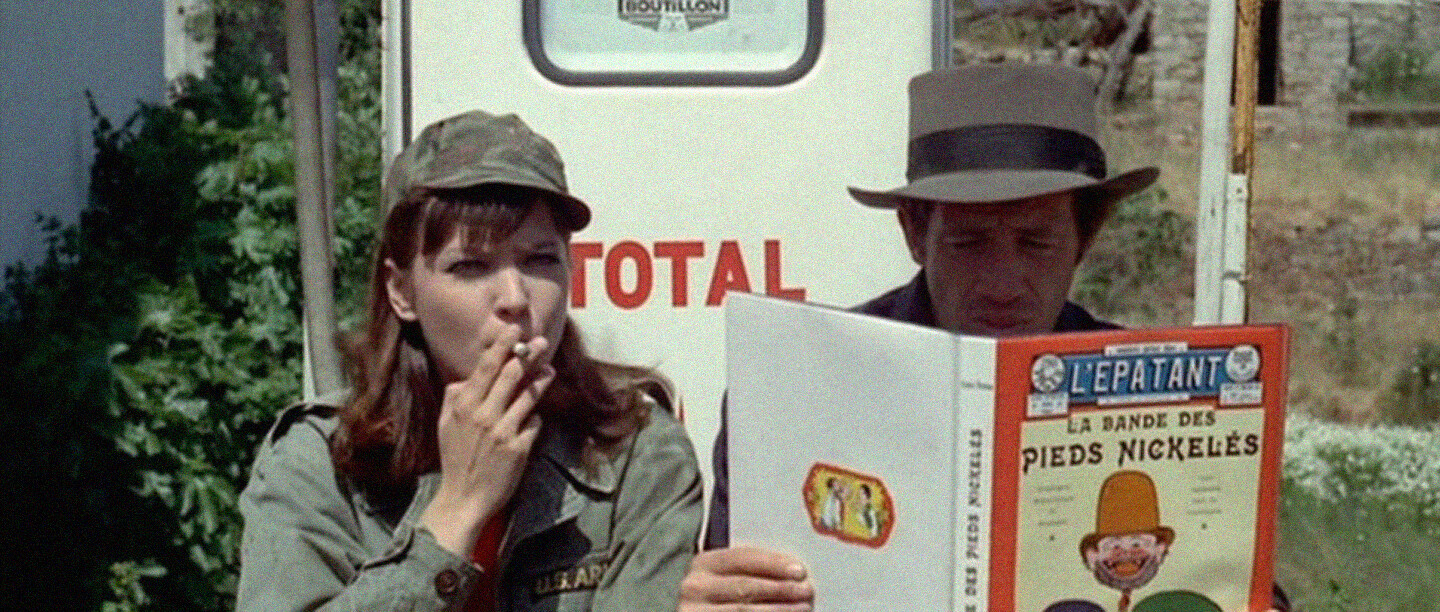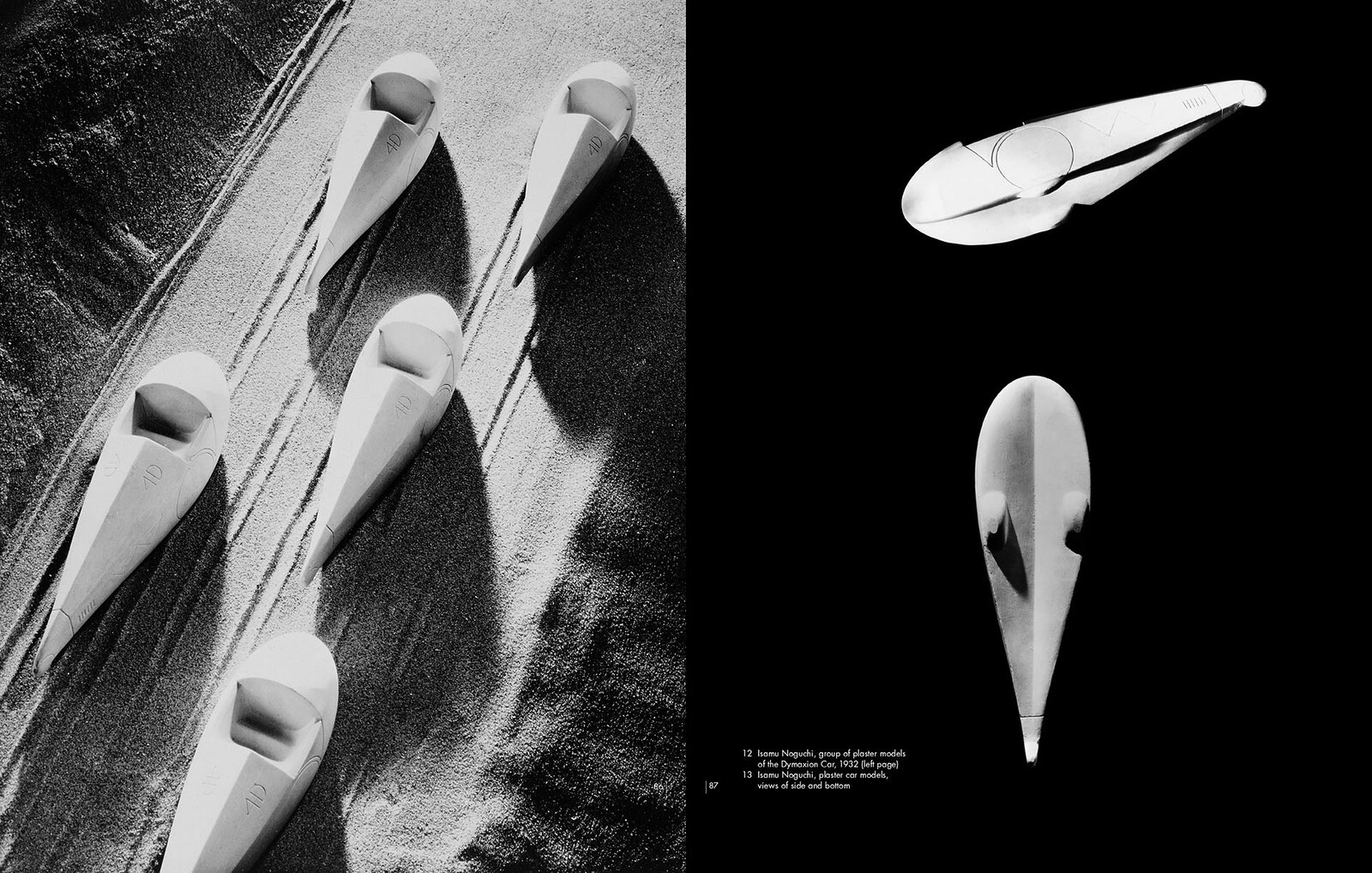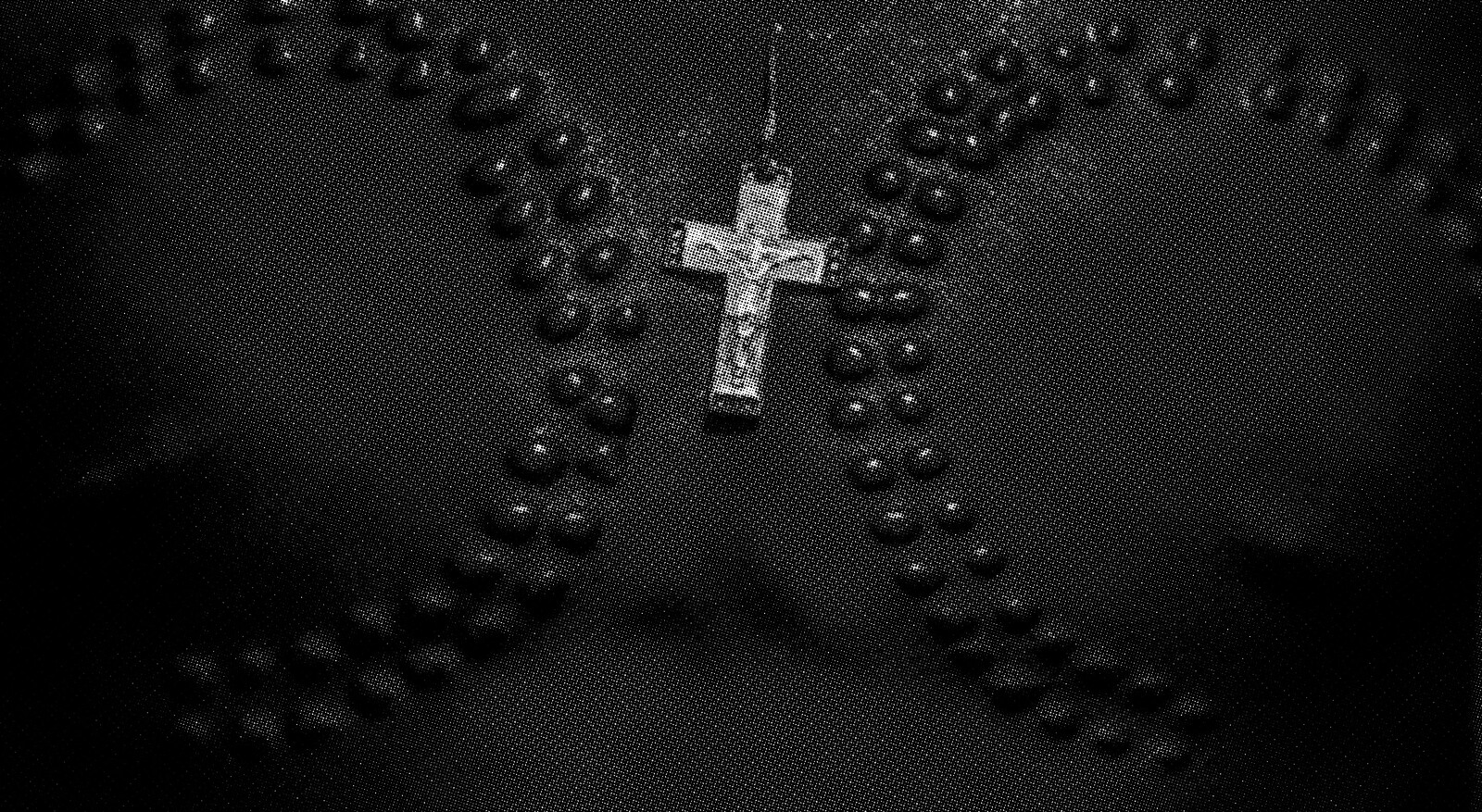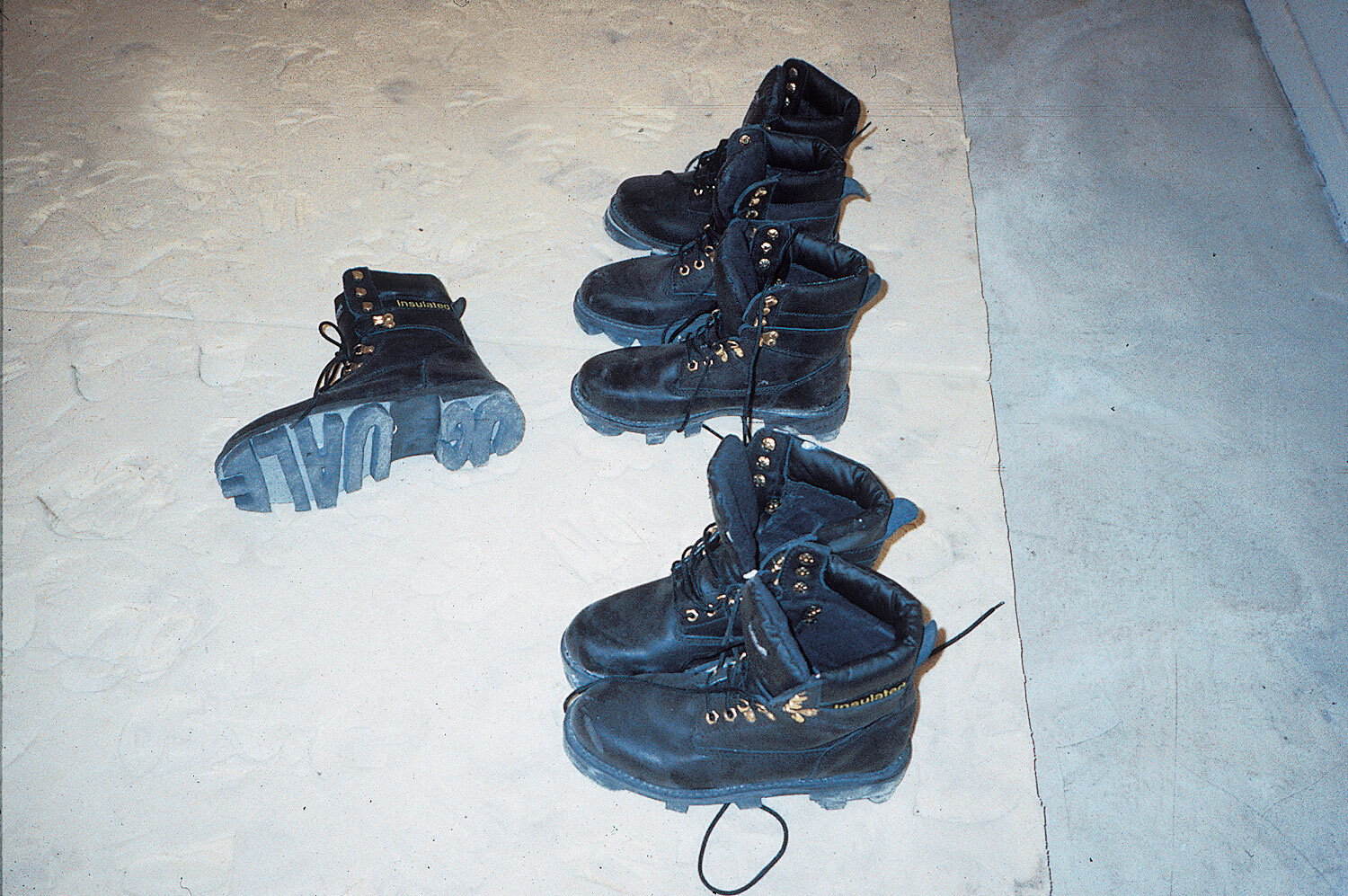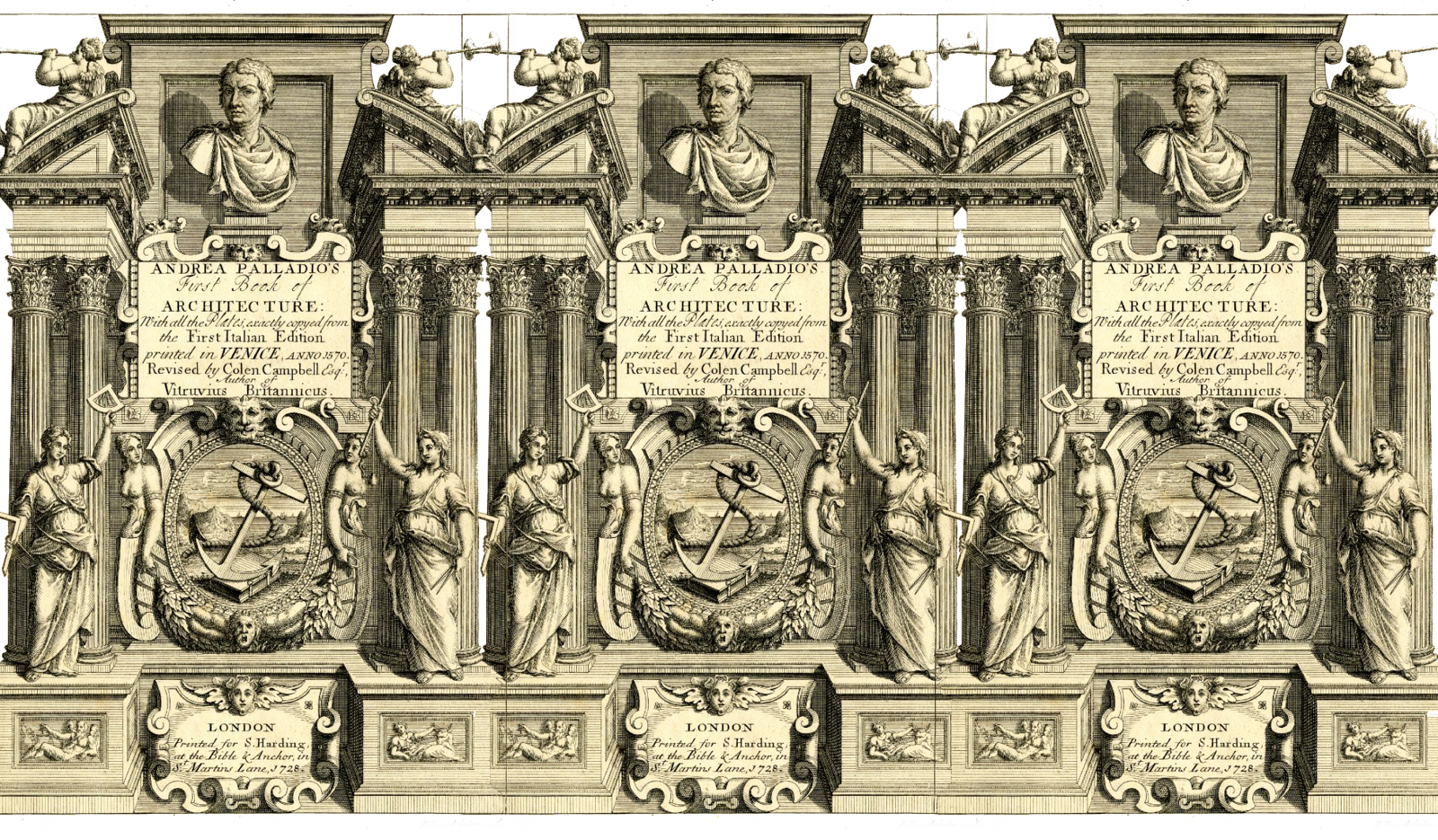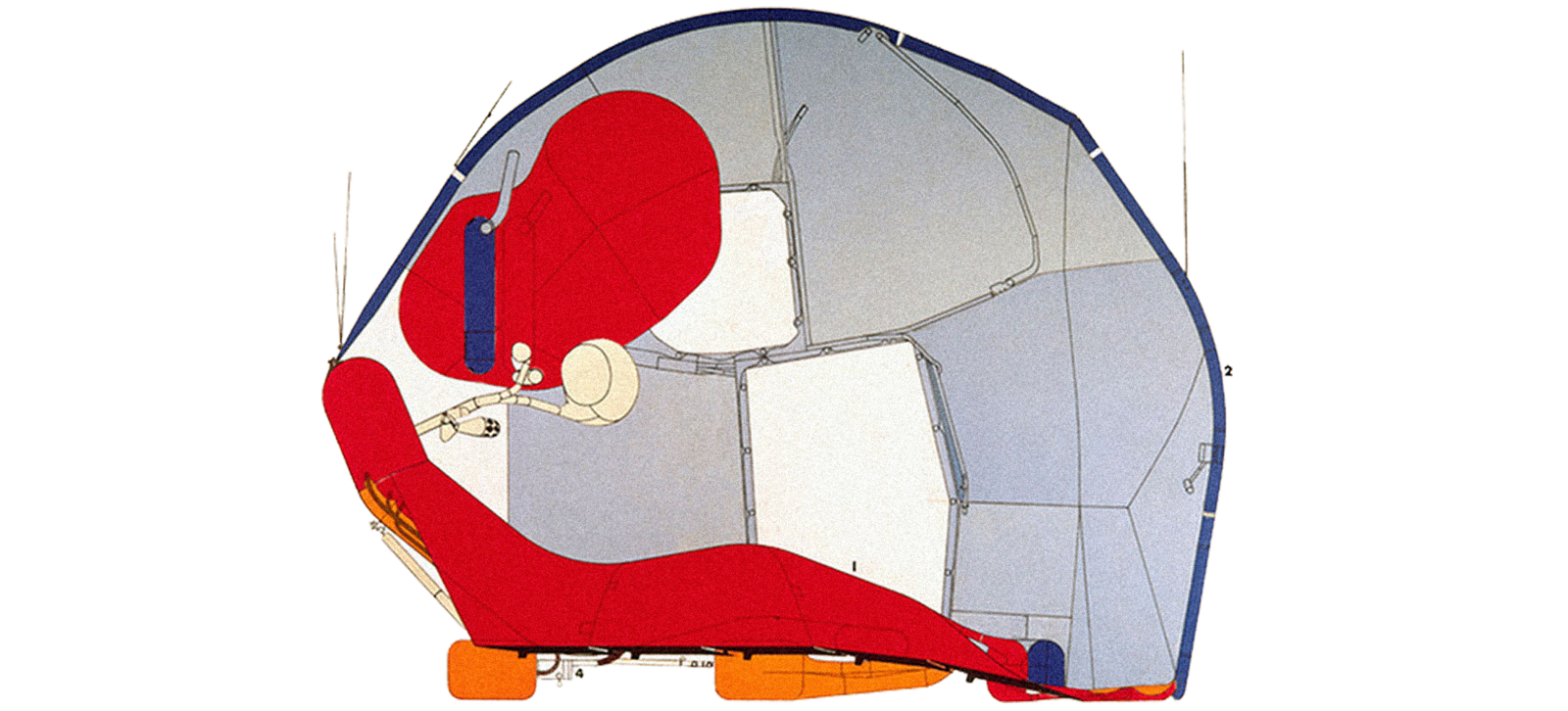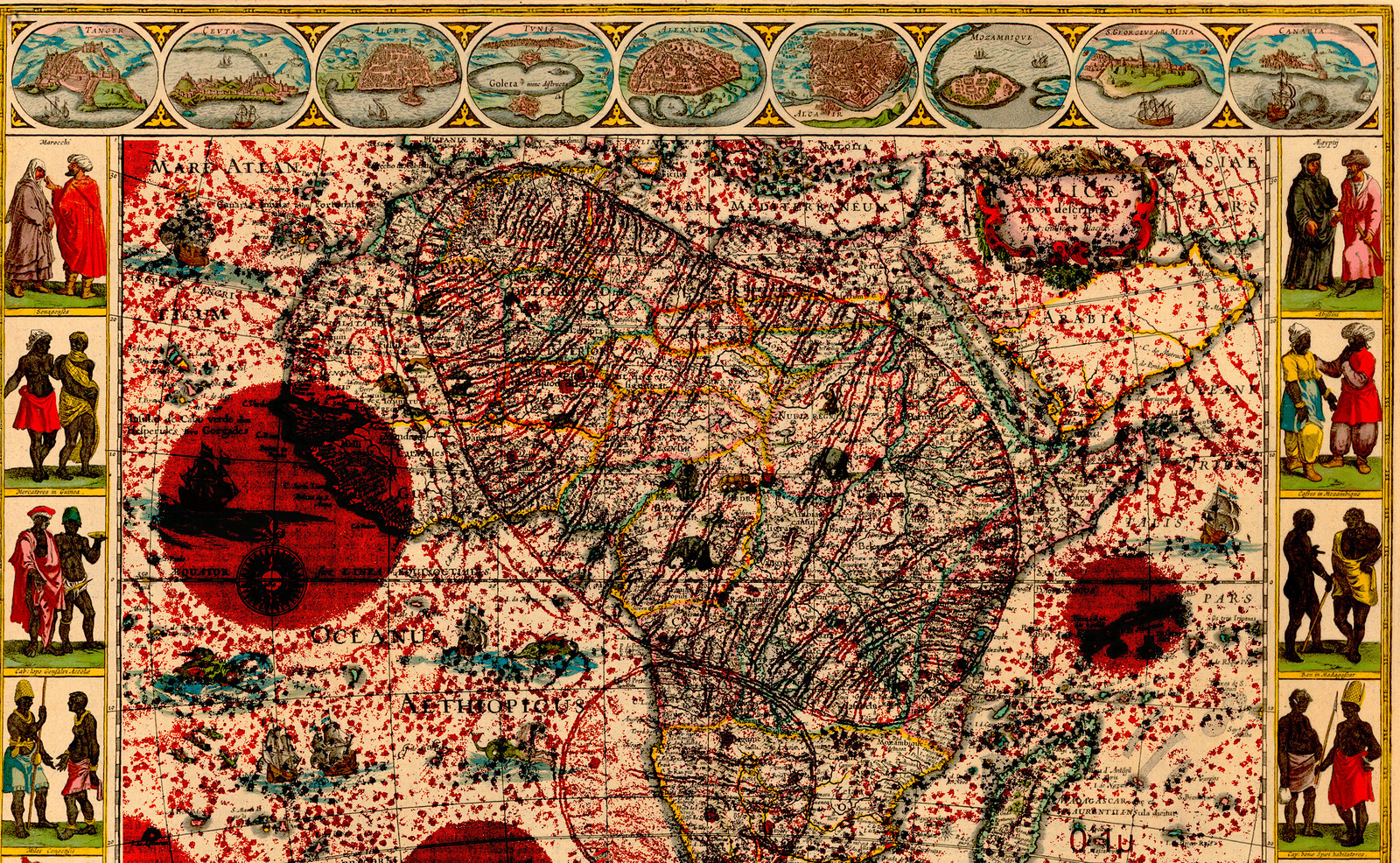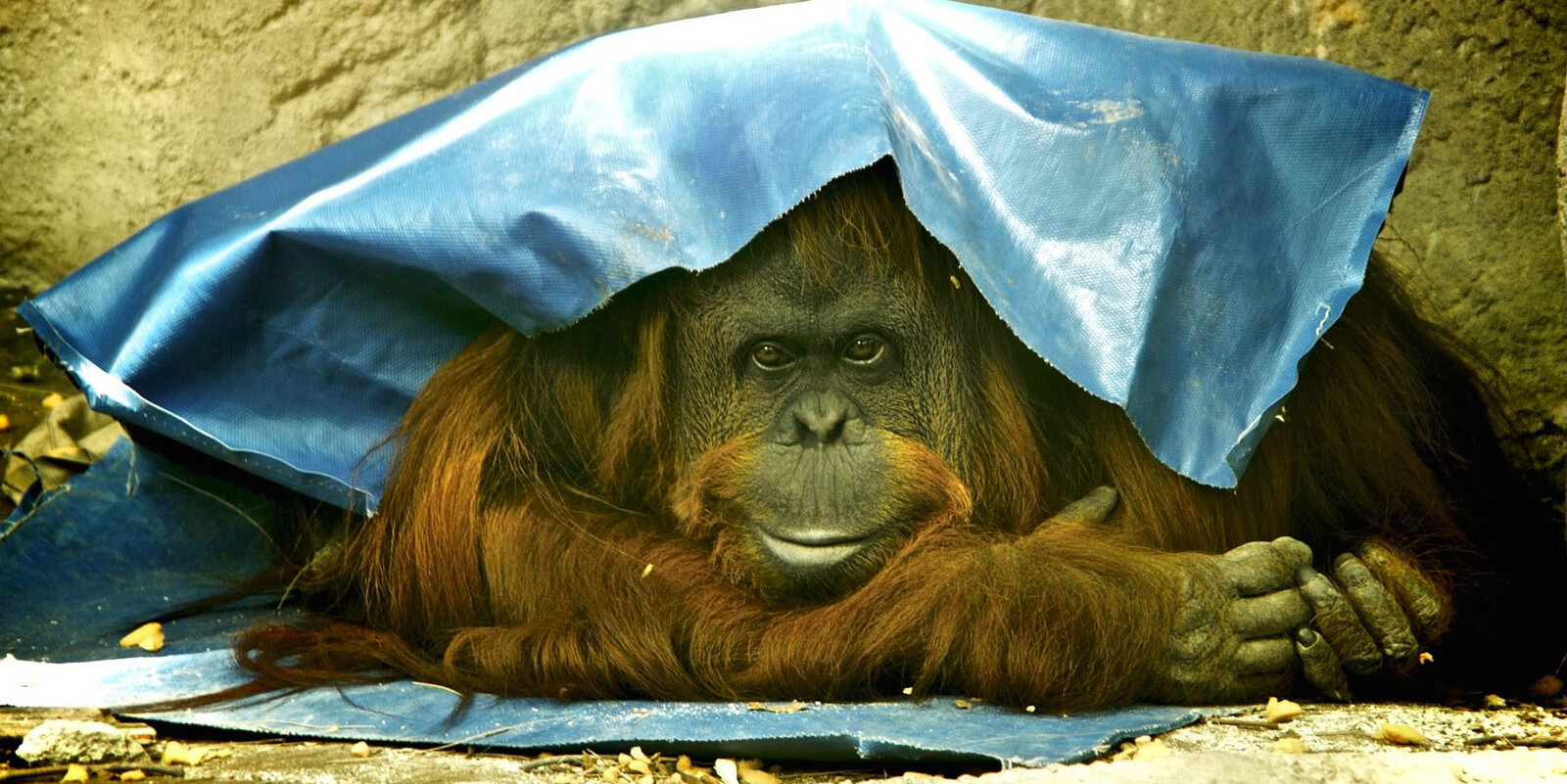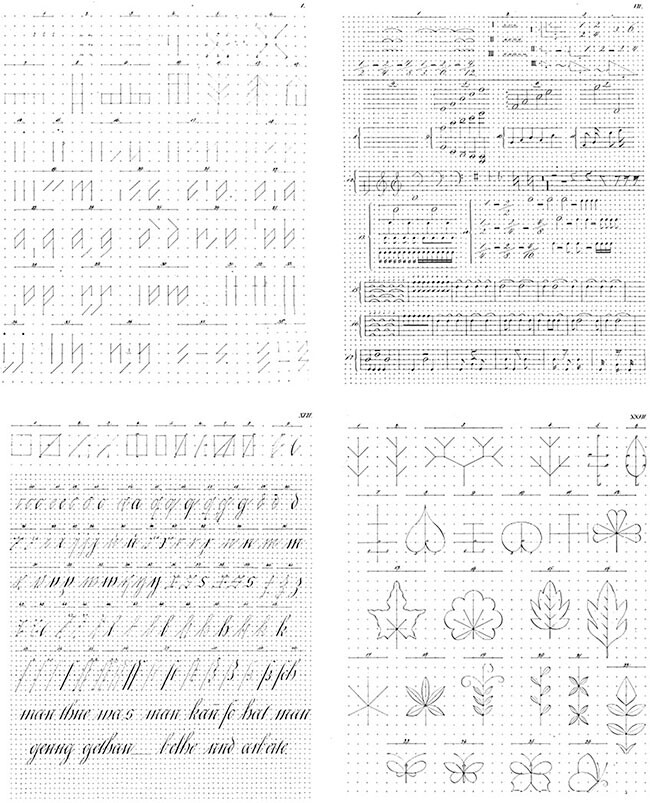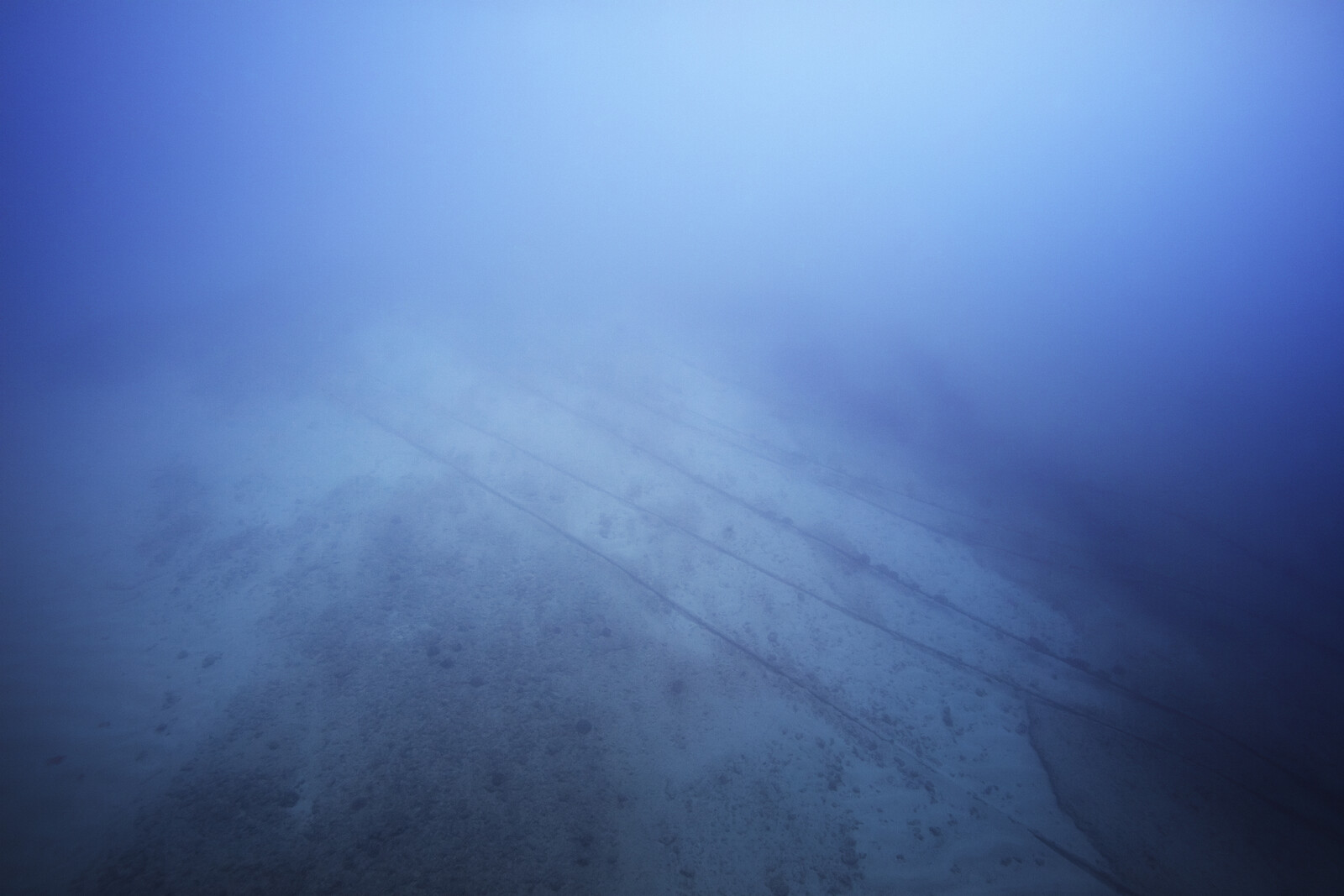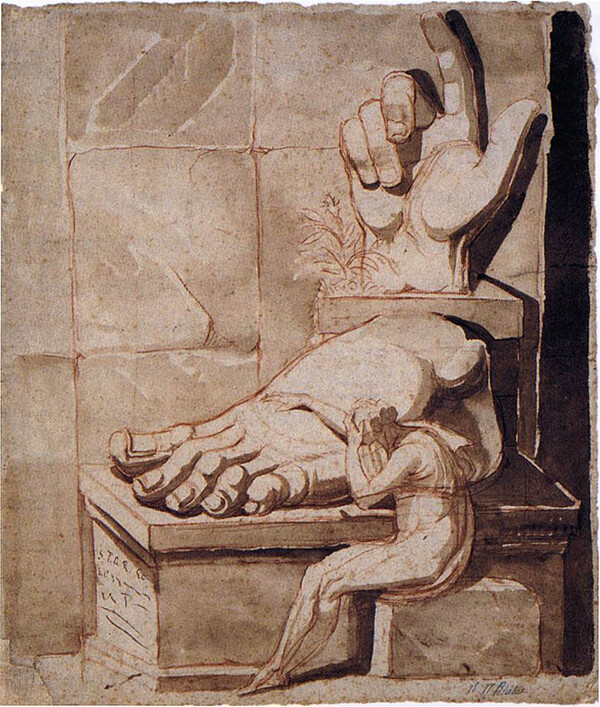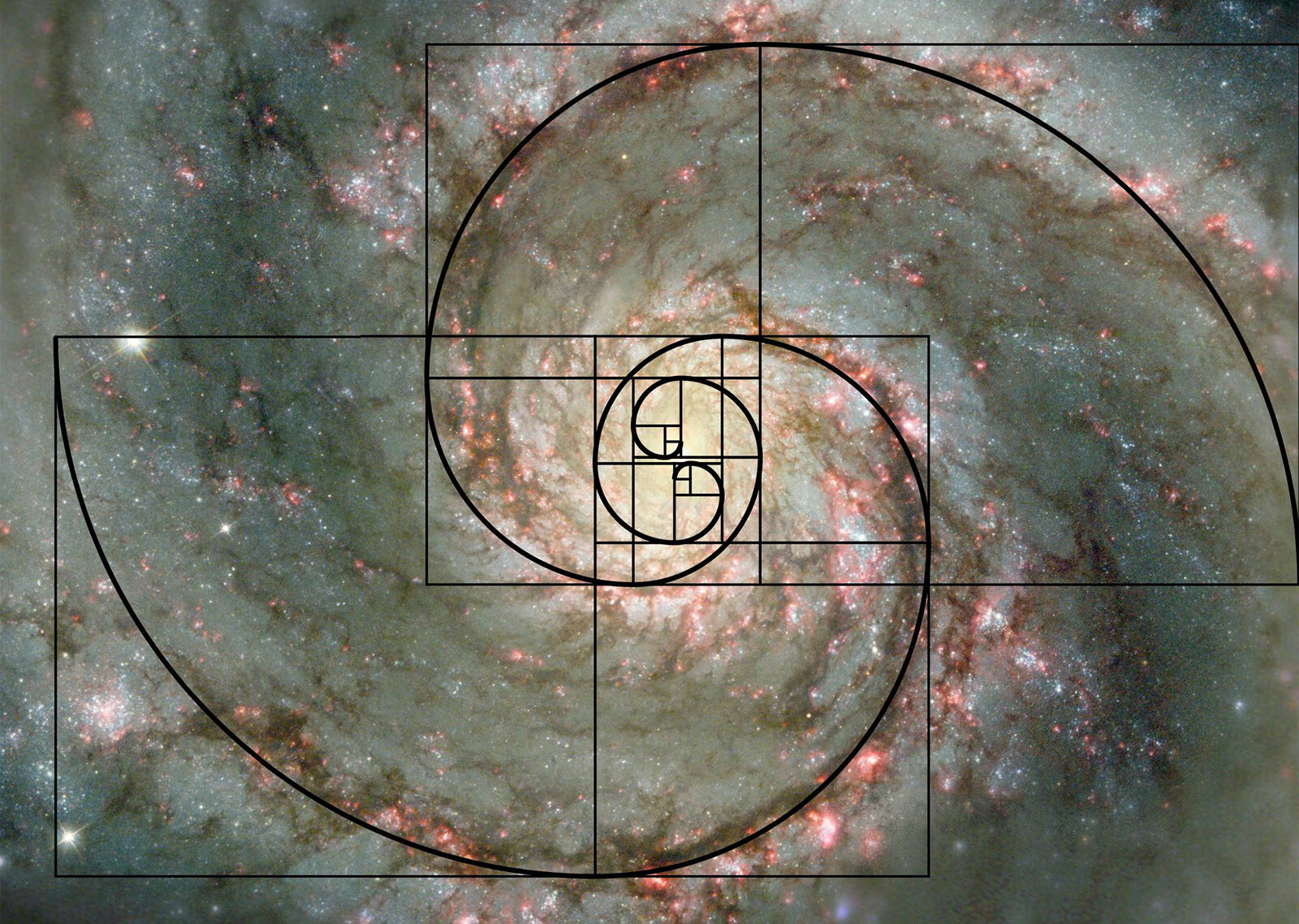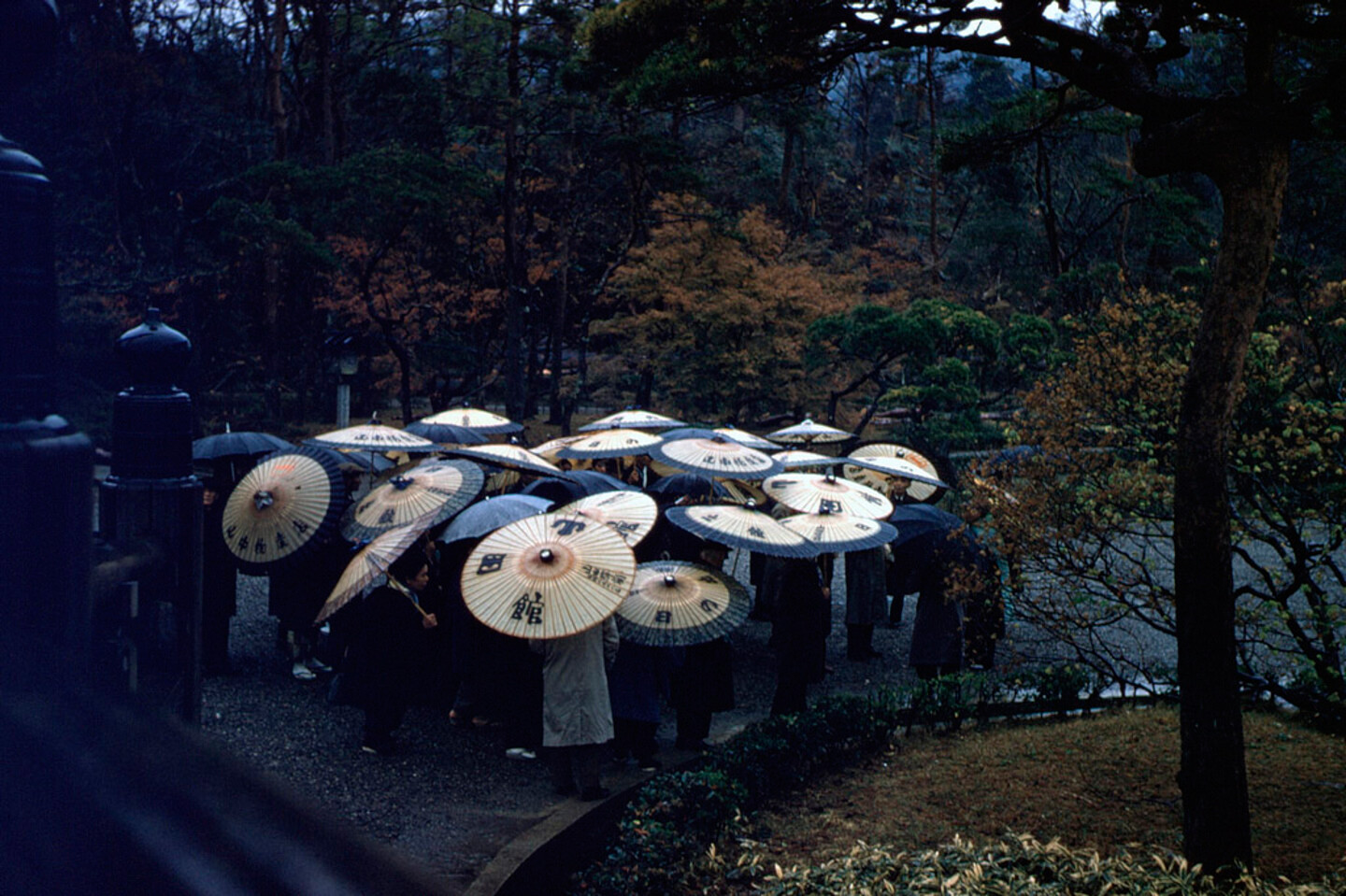Apparently nobody wants to know that contemporary history has created a new kind of human being—the kind that are put in concentration camps by their foes and in internment camps by their friends.
—Hannah Arendt, “We Refugees”1
Humanitarianism is often posed as a “practice of humanity”: an ensemble of forms of care that protect a notionally universal “human.” But who or what is the humanitarian human? Might the humanitarian protection of humanity also involve a production of humanity, the fabrication of specific sorts of bodies and lives? And how might the humanitarian human exist in relation to other humans? Humanitarian architecture—architecture designed to respond to “humanitarian emergencies”—offers one way into these and related questions.
Consider Shigeru Ban’s renowned “emergency shelters” at the Gihembe Refugee Camp in Rwanda.2 In 1998, the first year of Gihembe’s operation, the United Nations High Commissioner for Refugees (UNHCR) provided incoming refugees with plastic sheets and aluminum poles to use for shelter, but refugees would often cut down trees to use as supports for the plastic sheets and sell the aluminum poles in the adjacent town of Byumba. While this entrepreneurialism provided refugees a rare opportunity to produce value and accumulate capital, it also led to what the UNHCR called “deforestation” around the camp, despite the fact that the building of the camp initiated the process of “deforestation” in the first place.3 The question was actually who at Gihembe had the right to deforest. In response to this question, Ban created a prototype shelter that used recycled cardboard tubes, which refugees could not sell, in place of aluminum poles to support the plastic sheets.4 50 of these prototypes were erected at Gihembe in 1999.
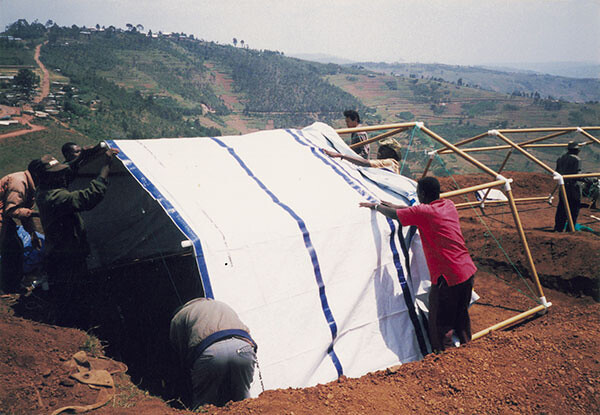

Shigeru Ban, Emergency Shelters at Gihembe Refugee Camp, Rwanda, 1999. Courtesy Shigeru Ban Architects.
Following his work in post-earthquake Kobe in 1995, Ban’s project at Gihembe extended professional architectural practice to sites and problems hitherto regarded as marginal, and his work was justly celebrated in architectural circles. According to one critic, it was Ban’s emergency shelters at Gihembe that “made him famous and particularly admired … in a field where humanitarian relief work isn’t exactly commonplace.”5 Ban subsequently carried out a series of other projects using recycled materials for post-disaster shelter—in the post-typhoon Philippines, post-earthquake Nepal, Japan, and Haiti, and post-hurricane New Orleans—alongside other architectural work in the field’s more conventional contexts.
In 2014, Ban was awarded the Pritzker Architecture Prize, typically described as the highest honor an architect can receive. In the announcement of Ban’s award, the Pritzker jury made much of Ban’s humanitarian work, declaring that Ban “uses the same inventive and resourceful design approach for his extensive humanitarian efforts” as he does in his “elegant, innovative work for private clients.”6 But this claim should be understood differently with the recognition that, at Gihembe, the architect’s invention and resourcefulness replaced the invention and resourcefulness of refugees. The architecture that Ban provided at Gihembe may have been minimal, just as in his “elegant, innovative work for private clients,” but it was precisely this minimal architecture that limited the capacity of refugees to build their own spaces and their own lives. That precisely this act of limitation is nevertheless read as humanitarian is more than irony; this reading points to a politics of inequity embedded in humanitarian architecture—if not humanitarianism more generally—that mystifies the notion of a common humanity.
And yet, the dominant reading of Ban’s project in architectural discourse is much more than a fiction of architecture as an art of equality in which “the same design approach” subtends the shelters of refugees and the refuges of the tax sheltering class. Just this same fiction testifies to the actual inequality that motivates the staging of fictions of equality, the recruitment of the refugee as the human figure by means of which architecture seeks redemption, and, perhaps most importantly, the relationship between the refugee’s performance in architectural narratives of humanitarian intervention and her actual life in the humanitarian space of the refugee camp. I want to suggest, then, that the impact of Ban’s emergency shelters at Gihembe lay in the way they furthered the helplessness of refugees, received acclaim for providing assistance to the helpless, and thereby produced the human they were understood to merely assist.
The residents of Gihembe are descendants of Rwandan Tutsis who found sanctuary in the neighboring Belgian Congo when anti-Tutsi violence swept Rwanda between 1959 and 1961.7 Those refugees subsequently received citizenship in what became Zaire, where many built secure and prosperous lives. But with the collapse of Zaire in the aftermath of the Rwandan Genocide and Civil War, their citizenship was revoked and they were forced to return to Rwanda. Many refugees were forced to turn over all their possessions to Congolese soldiers or militia members as they fled, and therefore arrived in Rwanda with little or nothing of value.8
The UNHCR first housed these refugees close to the border between Rwanda and the Democratic Republic of the Congo—Zaire’s successor state—in a refugee camp at Mudende. In the months after this camp was established, however, Interahamwe militias launched a series of attacks on it, killing an estimated three thousand refugees. The UNHCR then moved the surviving refugees further from the border, to Gihembe, at the end of 1997, where Ban’s prototype emergency shelters were erected about a year later.9 His shelters accommodated newly-arriving refugees at the camp, which from its founding lacked sufficient housing to accommodate all of its residents.
The humanitarian emergency that Ban’s shelters responded to—the lack of accommodation for refugees at Gihembe—was conjoined to and supplanted by another emergency that humanitarianism itself was accomplice to: the normalized emergency in which stateless refugees indefinitely occupy refugee camps and depend on humanitarian assistance for their survival.10 The refugee residents of Gihembe are unable to be repatriated to the Democratic Republic of Congo, where they are considered to be Rwandan; they are unable to be repatriated in Rwanda, where they are considered to be Congolese; and very few of them have been able to secure resettlement in a third country.11 The refugee camp at Gihembe therefore exists as a permanently temporary space where the threshold conditions of bare life extend indefinitely into the future.12
Indeed, it was the punctual emergency that Ban’s shelters aimed to ameliorate that inaugurated the protracted emergency of everyday life in Gihembe—an emergency in which Gihembe’s refugees “live in the conditions of the camp that further immobilize, demoralize, and often extend their experiences of brutality on a daily basis.”13 Yet Ban’s shelters did not only introduce refugees to Gihembe; through the exchange of valuable aluminum poles for valueless cardboard tubes, those shelters also introduced refugees to the abjection that humanitarian assistance at Gihembe entailed.
Ban’s shelters, intended for short-term use, have long since been replaced by more durable houses at Gihembe. Sometimes with the assistance of aid workers, the camp’s long-term residents have built themselves houses with wood frames and mud-plaster walls. The wood harvesting that Ban’s temporary shelters were designed to forestall has surreptitiously continued to yield building material for these permanently temporary houses.14 The only part of Ban’s emergency shelters that could be recycled for these houses was the part that Ban inherited from the UNHCR’s emergency shelters: the plastic sheet, which provides the roof for houses whose residents cannot afford corrugated metal. Many houses lack windows and no house is supplied with water or electricity. Around twelve square meters in size, the houses accommodate families that can include many children—among the only sanctioned objects of production at Gihembe.
The repeated display of images of Ban’s emergency shelters in exhibitions and texts about humanitarian architecture from 1999 into the present should be viewed in relation to the protracted emergency in which Gihembe’s refugee residents reside. As Ban’s shelters appear and re-appear amidst professional architecture’s conjoined expressions of self-congratulation and guilt, the residents of Gihembe still live in an emergency—no longer crowded under tents, but now crowded into houses. The fact that there are no new architectural images of Gihembe does not mean that Ban’s emergency shelters solved the shelter problem (as Ban himself would no doubt admit), but the continuous replay of his initial response undoubtedly obscures the fact that the shelter problem persists.
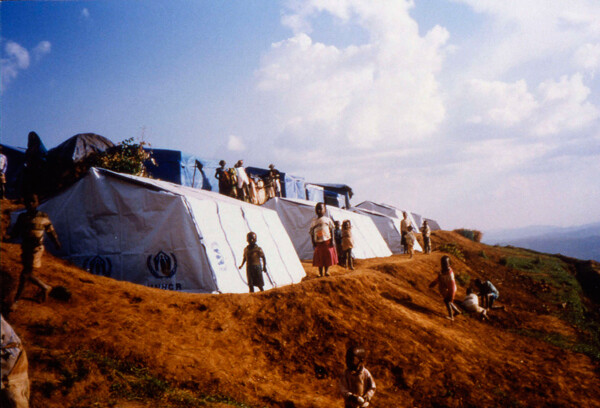

Shigeru Ban, Emergency Shelters at Gihembe Refugee Camp, Rwanda, 1999. Courtesy Shigeru Ban Architects.
From 1999 to the present, professional architecture has been preoccupied with punctual responses to punctual emergencies like those that faced incoming refugees to Gihembe. The exemplars of ‘humanity’ that ‘humanitarian architecture’ has recognized and responded to occupy situations of abjection and distress amidst wars, disasters, and displacements, rather than the conditions of abjection and distress that characterize everyday life for the vast majority of humans on the planet.15 In fact, what the humanitarian rescue of human beings from situations of abjection and distress has in many cases accomplished is a restoration of those humans to the conditions that made them vulnerable to those situations in the first place. This is why Slavoj Žižek argues that “much more than a refugee, a slum-dweller is a homo sacer, the systematically generated ‘living dead’ of global capitalism. The slum-dweller is a kind of negative of the refugee: a refugee from his own community.”16
In the fall of 2016, the Museum of Modern Art (MoMA) in New York will open the exhibition “Insecurities: Tracing Displacement and Shelter.” “Bringing together works by architects, designers, and artists in a range of mediums and scales that respond to the complex circumstances brought about by forced displacement,” the press release announces, “the exhibition focuses on conditions that disrupt conventional images of the built environment as an arbiter of modernity and globalization.”17 While this exhibition might locate itself in the context of recent and contemporary humanitarianism, it can be located in a related, but different context, as well.
In 1986 Shigeru Ban was commissioned by MoMA to design an exhibition in Tokyo of Alvar Aalto’s furniture and glass work. In Ban’s words, “in order to avoid the expense and the inevitable waste of resources, recycled paper tubing was adopted as alternative material and was used to create ceiling panels, partitions, and display stands. The material explorations in this exhibit design mark the beginning of ‘paper architecture’.”18 Ban famously brought this “paper architecture” to humanitarianism at Gihembe and, in so doing, directed architectural attention to spaces and activities hitherto on the periphery of the discipline. From 1999 to the present, this attention has steadily grown.19 MoMA’s “Insecurities” exhibition will mark what might be taken as the full unfolding of this attention—the circulation of paper architecture from MoMA exhibition material, through humanitarian architecture, to a MoMA exhibition on humanitarian architecture. That these sorts of circulations take place is, of course, old news; what is of interest in this case is the way in which the stasis of refugees at Gihembe is on some level sustained by the continuous global circulation of images of temporary architecture that some of these refugees briefly inhabited.
In “The Decline of the Nation-State and the End of the Rights of Man,” an essay written in the years following World War II, Hannah Arendt probed the contradictions that statelessness posed to humanitarian and human rights politics. In the course of her analysis, she anticipated what is now the reality of refugee life in places like Gihembe—the way in which the camp became “the only ‘country’ the world had to offer the stateless.”20 For Arendt, however, it was clear that the fundamental problem of the camp was less architectural than political:
The first loss which the rightless suffered was the loss of their homes … This calamity is far from unprecedented; in the long memory of history, forced migrations of individuals or whole groups of people for political or economic reasons look like everyday occurrences. What is unprecedented is not the loss of a home but the impossibility of finding a new one … (I)t was a problem not of space but of political organization.21
To the extent that humanitarian architecture is only understood as “a problem of space” in the context of the punctual emergency, Arendt suggests, it will be inadequate both to the punctual emergency that seems to disrupt social order and to the enduring emergency that is that order. To put it differently, one could ask: “is it possible to design a ‘better’ refugee camp?”
In a text that was only able to be published because it was given in typescript to Arendt in Marseille, before she and her husband made their way to Lisbon and a ship traveling to New York, Arendt’s friend and intellectual colleague Walter Benjamin famously wrote: “the tradition of the oppressed teaches us that the ‘state of emergency’ in which we live is not the exception but the rule. We must attain to a conception of history that is in keeping with this insight.”22 Read in conjunction with Arendt, and with attention to Gihembe, perhaps it could be said that we must attain to a conception of architecture that is in keeping with that insight, too.
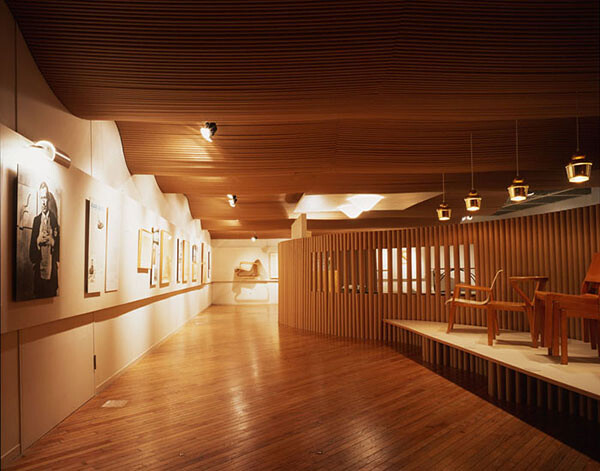

Shigeru Ban, Alvar Aalto Exhibition, Tokyo, Japan, 1986. Courtesy Shigeru Ban Architects.
Postscript
In 2014, the year in which Ban won the Pritzker Prize, the World Food Program and Visa Inc. selected Gihembe as the site to launch mVISA, a digital humanitarian relief program. One of a proliferating number of similar examples of ‘voucher humanitarianism’ developed through collaborations between humanitarian institutions and the financial services sector, “mVISA is a bank account in the form of a virtual wallet linked to a mobile phone number.”23 The World Food Program distributed mobile phones to heads of households at Gihembe and then, through mVISA, transferred 6,300 RWF ($8.60 USD) per month to them, allowing these funds to be used to make purchases.
According the World Food Program, mVISA’s cash transfers “support market behavior”; with the funds they are given, refugees can act as consumers, spending relief money on “food of their choice.”24 If Ban’s emergency shelters marked the beginning of refugee life in Gihembe by preventing refugees from acting as producers, then mVISA marks another stage in that life by incorporating refugees as consumers in the financial services industry. Cardboard prevented Gihembe’s refugees from architecting their way into consumption; they had to wait until consumption, too, was added to the menu of humanitarian relief.
Hannah Arendt, “We Refugees,” The Menorah Journal, (Winter, 1943).
Shigeru Ban Architects, “Paper Emergency Shelters for UNHCR—Byumba Refugee Camp, Rwanda, 1999,” →. This essay focuses as much on readings of this project as the project itself; those readings are the object of the critique that follows.
In December 1998, UNHCR reported that, in Rwanda, it “supports the forestry programme that is redressing damage done to the environment by massive shelter programmes and refugee camps. In addition to reforestation programmes, UNHCR has also introduced, in both camps and settlement sites, energy-saving stoves that reduce energy lost by open cooking fires by at least 60 per cent. The use of ‘paper poles’ for shelter construction is also being investigated.” UNHCR, “UNHCR Global Appeal 1999—Rwanda,” 1 December 1998, →.
Ban described the tubes as “paper”; I use the term “cardboard” because it more precisely defines the material of the tubes and also extracts the project from the category of “paper architecture” that Ban uses for projects like the emergency shelters at Gihembe. Both “paper architecture” and “cardboard architecture” have genealogies in architecture; Ban’s employment of the former term over the latter might suggest his work be read as a materialization of what otherwise exists as utopian architecture “on paper.”
Michael Kimmelman, “Shigeru Ban: Building to Last, Just Long Enough,” New York Times, 22 May 2007, →.
See →.
On the prehistory of Gihembe, see René Lemarchand, The Dynamics of Violence in Central Africa (Philadelphia: University of Pennsylvania Press, 2009); Gerard Prunier, Africa’s World War: Congo, the Rwandan Genocide, and the Making of a Continental Catastrophe (New York: Oxford University Press, 2009); and Filip Reyntjens, The Great African War: Congo and Regional Geopolotics, 1996-2006 (Cambridge: Cambridge University Press, 2009).
Michael Wakabi and Gaaki Kigambo, “Congo: Refugee Life and the Cycle of War,” The East African, 9 November 2012, →.
Emily A. Lynch, “Mudende: Trauma and Massacre in a Refugee Camp,” Oral History Forum 33 (2013).
In Rwandan refugee camps like Gihembe, “nearly every Congolese refugee relied exclusively on UNHCR for basic needs, including food, water, health care, education, and clothing.” United States Committee for Refugees and Immigrants, “U.S. Committee for Refugees World Refugee Survey 2003 - Rwanda,” 1 June 2003, →.
UNHCR Rwanda, “Resettlement: A Life-Changing Journey,” June 2014, →.
See Eric Kabeera, “Life Inside Gihembe Refugee Camp,” New Times, 25 June 2012, →.
Ibid., Lynch, 8.
On the use of wood for building material at Gihembe, see UNHCR Rwanda, “Environmental Management in Refugee Situations Learning Workshop,” September 2009, →.
See, for example, Architecture for Humanity, Design Like You Give a Damn: Architectural Responses to Humanitarian Crises (New York: Metropolis Books, 2006).
Slavoj Žižek, In Defense of Lost Causes (New York: Verso, 2009), 425.
Museum of Modern Art Department of Communications, “Insecurities Press Announcement,” 5 May 2016.
Shigeru Ban Architects, “Alvar Aalto—Tokyo, Japan, 1986,” →.
Among its contemporary manifestations is the 2016 Venice Biennale of Architecture; oriented around the theme of “Reporting from the Front,” the Biennale attends to architecture’s encounter with refugees in the national pavilions of Austria and Germany as well as in a number of other projects.
Hannah Arendt, “The Decline of the Nation-State and the End of the Rights of Man,” in The Origins of Totalitarianism (New York: Meridian, 1958), 284.
Ibid., Arendt, “The Decline of the Nation-State and the End of the Rights of Man,” 293–294.
Walter Benjamin, “Theses on the Philosophy of History,” in Illuminations, trans. Harry Zorn (New York: Schocken, 1969), 257. On Arendt and Benjamin, see Arendt und Benjamin: Texte, Briefe, Dokumente, ed. Detlev Schöttker and Erdmut Wizisla (Berlin: Suhrkamp, 2006).
Ernesto González, “Working With the Private Sector Through Cash-Based Interventions,” Inter Agency Working Group on Disaster Preparedness for East and Central Africa, 16 September 2015, →. On voucher humanitarianism, see Daniel Bertrand Monk and Andrew Herscher, “The New Universalism: Refuges and Refugees Between Global History and Voucher Humanitarianism,” Grey Room 61 (2015).
John Paul Sesonga, “Rwanda: WFP Introduces Cash Transfers to Refugees in Gihembe Camp,” World Food Program, 19 February 2014, →.
Superhumanity is a project by e-flux Architecture at the 3rd Istanbul Design Biennial, produced in cooperation with the Istanbul Design Biennial, the National Museum of Modern and Contemporary Art, Korea, the Govett-Brewster Art Gallery, New Zealand, and the Ernst Schering Foundation.
Category
Subject
Superhumanity, a project by e-flux Architecture at the 3rd Istanbul Design Biennial, is produced in cooperation with the Istanbul Design Biennial, the National Museum of Modern and Contemporary Art, Korea, the Govett-Brewster Art Gallery, New Zealand, and the Ernst Schering Foundation.
